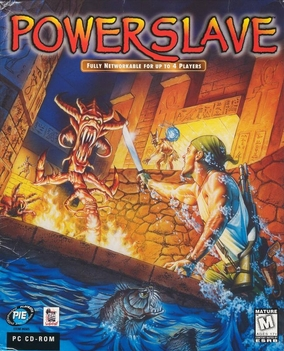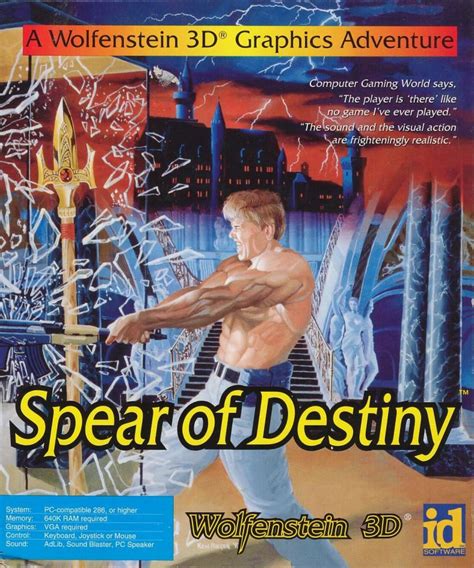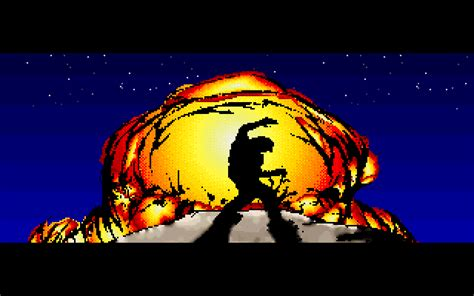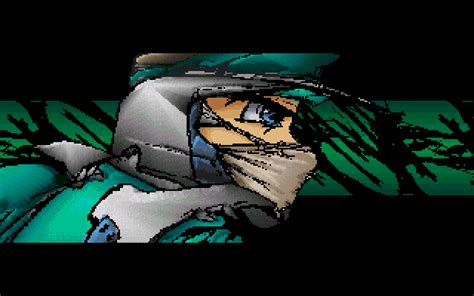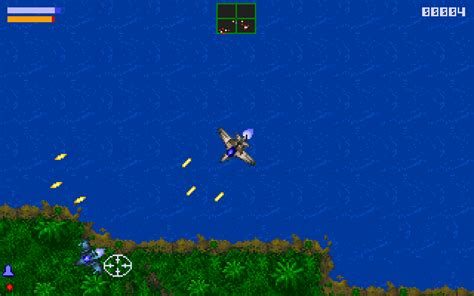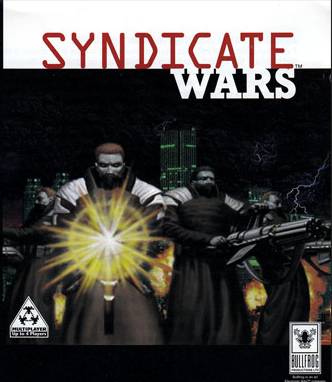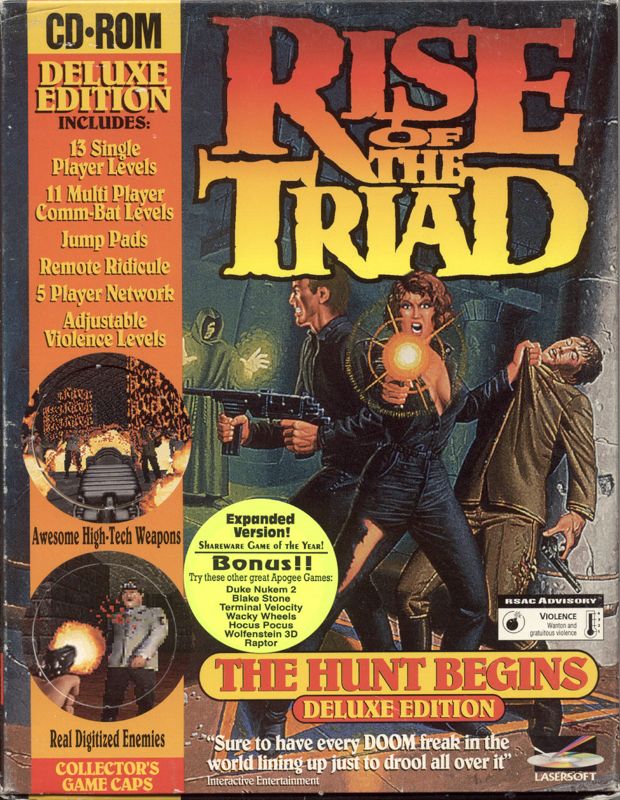
Fast-paced FPS with insane weapons, jump pads, cultists, and lots of gibs. You could play as a dog... and use psilocybin mushrooms. Yes, really. There's even a faithful modern remake.
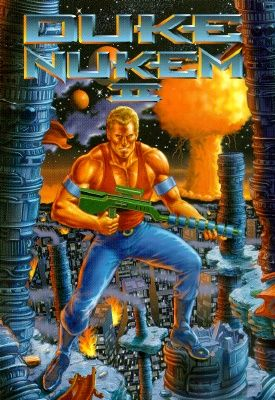
Before he got 3D, Duke was all about side-scrolling platform action, cheesy one-liners, and stopping Dr. Proton.

Crude, explosive, iconic. Blow up aliens in L.A., toss money at strippers, and kick ass while chewing gum. If any's left.
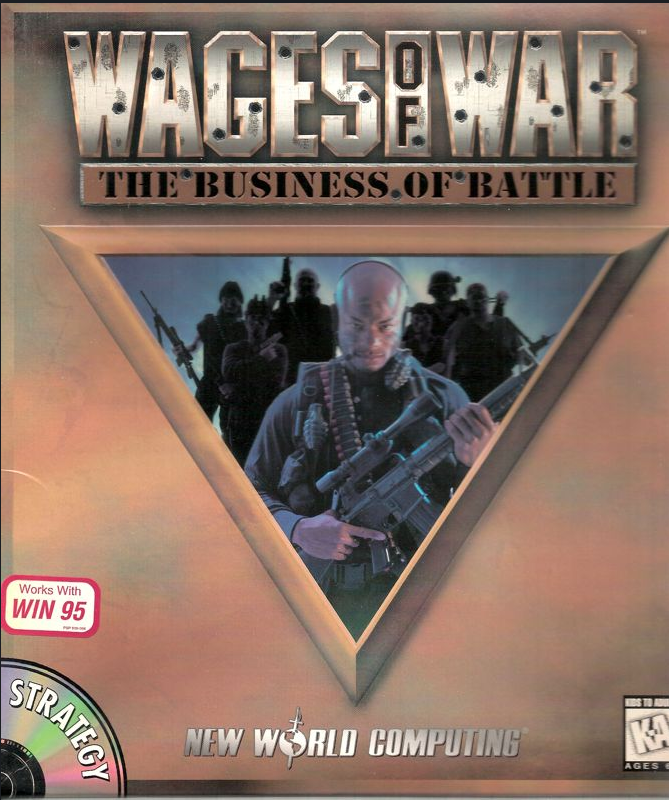
Turn-based tactical goodness. Hire mercs, complete missions, and pray the budget holds. Like Jagged Alliance’s tactical cousin.
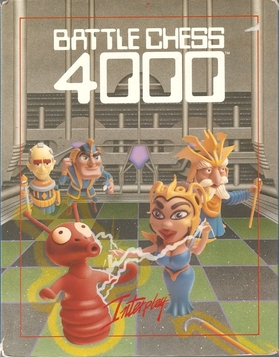
Where chess pieces beat the silicon out of each other in glorious claymation combat.
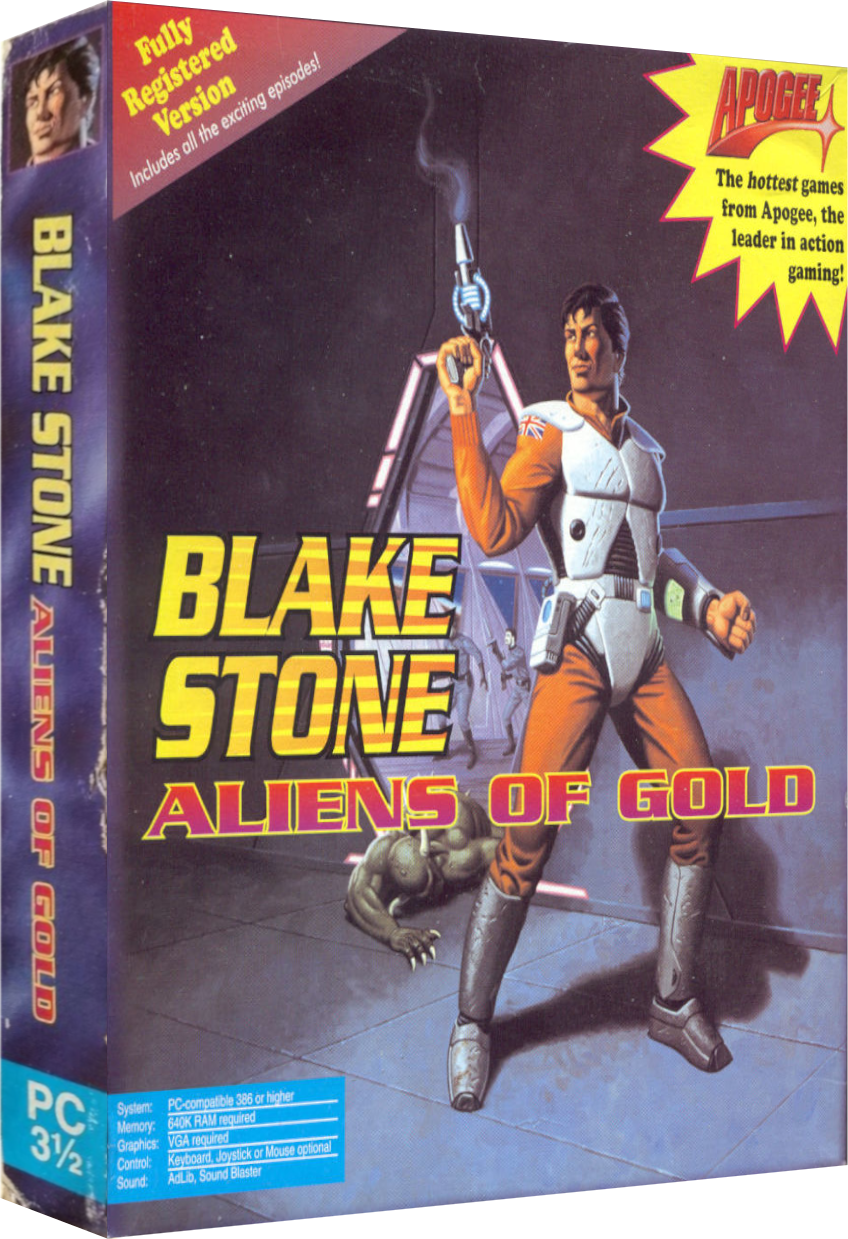
Sci-fi FPS with secret agents, weird mutants, and keys. Basically diet Wolf3D with aliens.
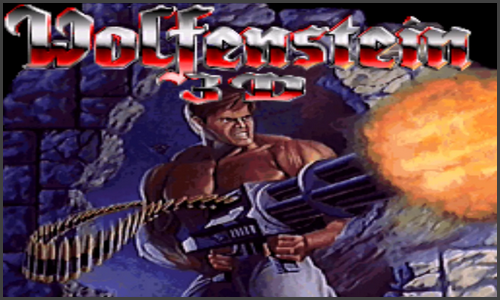
One of the first FPS games. Unlock secret doors and find treasure. Shoot and stab stuff. Eat dog food to heal.
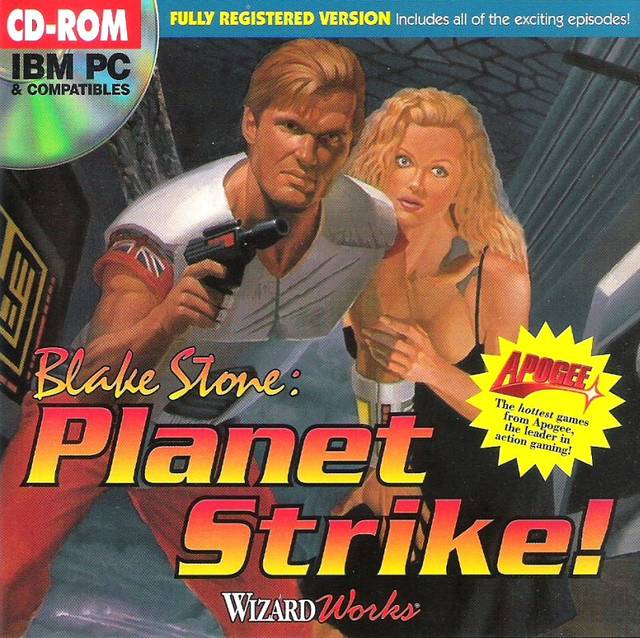
Blake Stone's sequel with more pew-pew and red doors than you can shake a plasma rifle at.
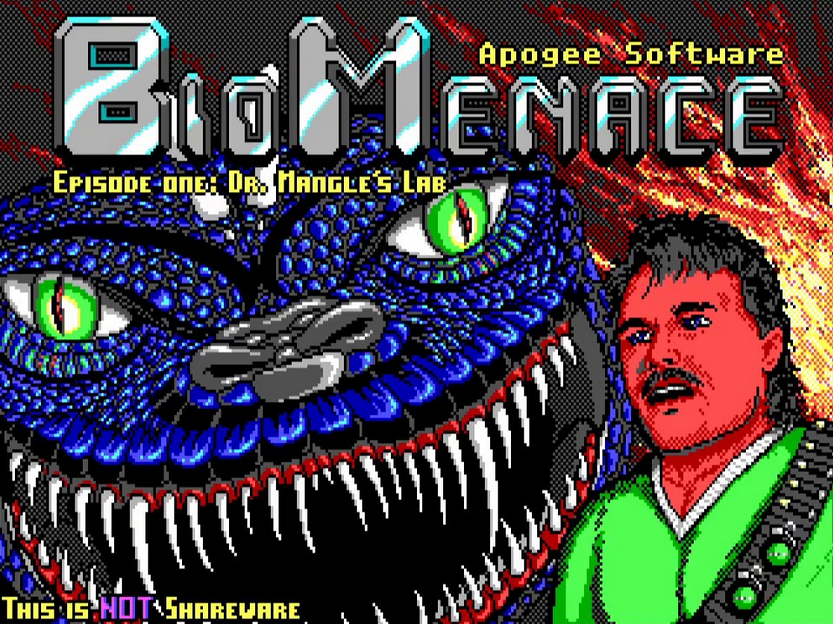
Mutants everywhere. You're Snake Logan. You have a mullet. There's lots of blood and gore. 'Nuff said. Fun fact this game scared the shit out of me as a kid.
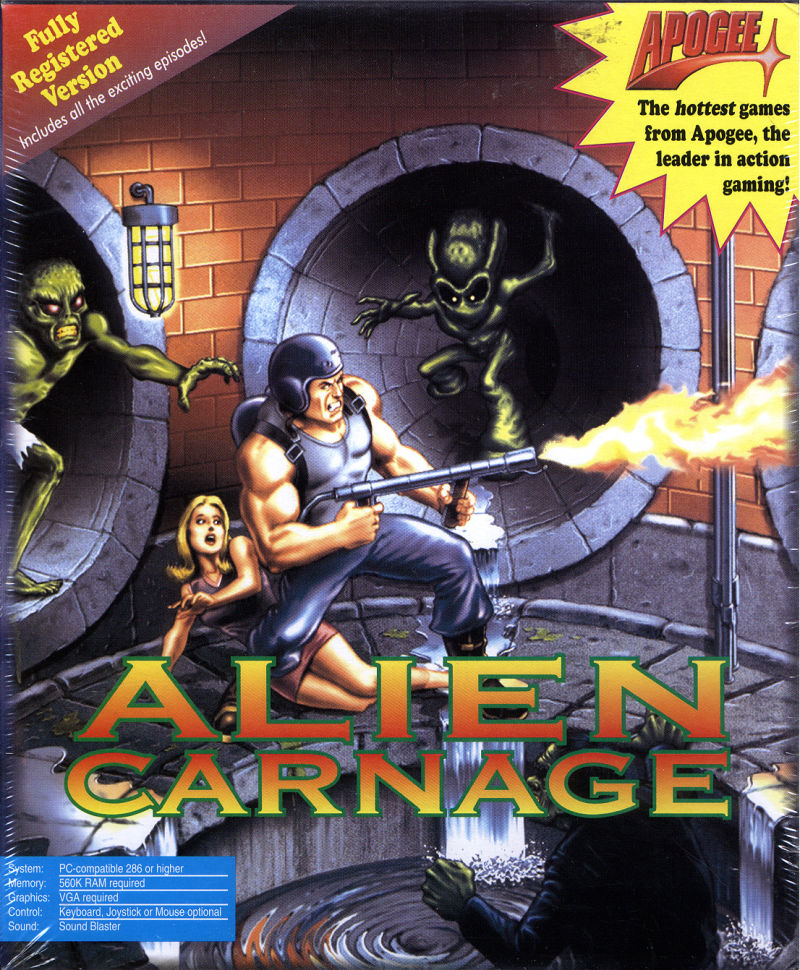
Also known as Alien Carnage. Flamethrower + aliens + zombies + rescuing civilians with nuclear weapons. It’s a hell of a memory.
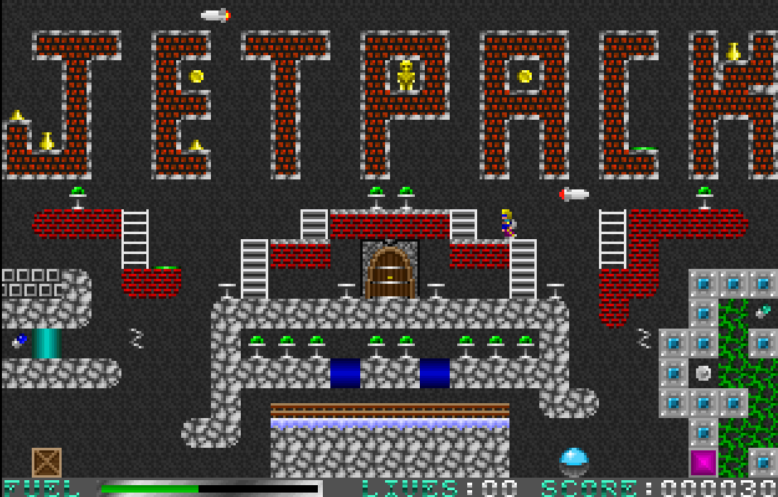
Collect gems, dodge turrets, get vaporized by robots. Simple, fast, and absurdly addictive. The level-creator is what made this game really shine.
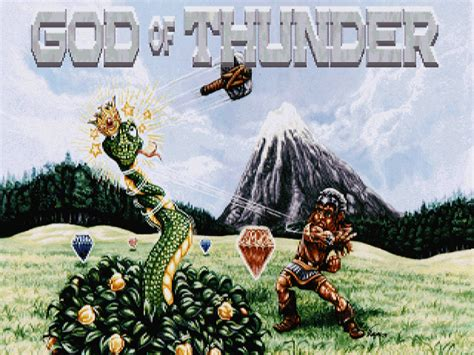
You're Thor. You solve puzzles. You whack snakes in the head with your hammer. Eat golden apples. Don't eat shrubbery.
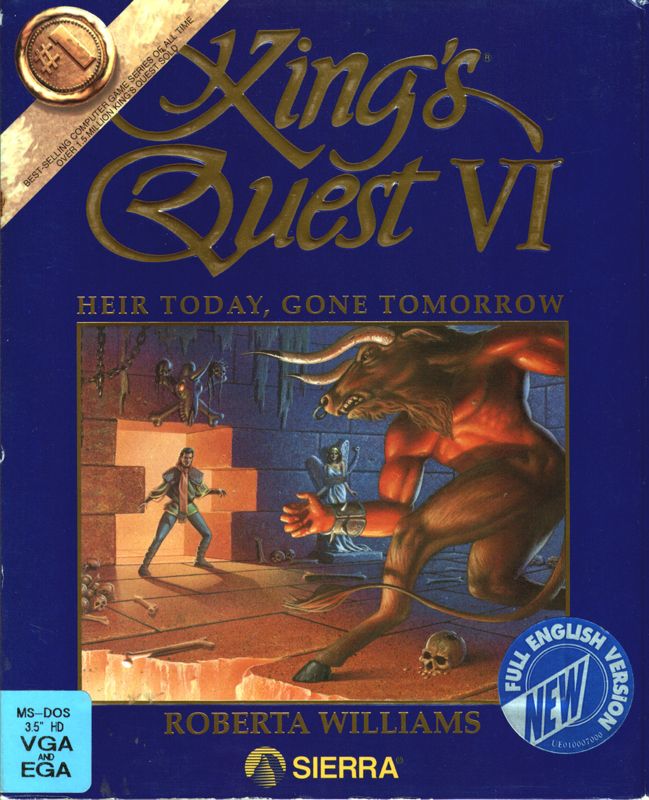
One of my fondest memories. It came free with the PC my family bought at the time. Iconic Sierra fantasy adventure with great writing, early voice-acting in a game, challenging puzzles, and more ways to die than you can shake a stick at. Help Alexander explore the fantastical world he lives in while gaining clues and allies to help him save the princess!
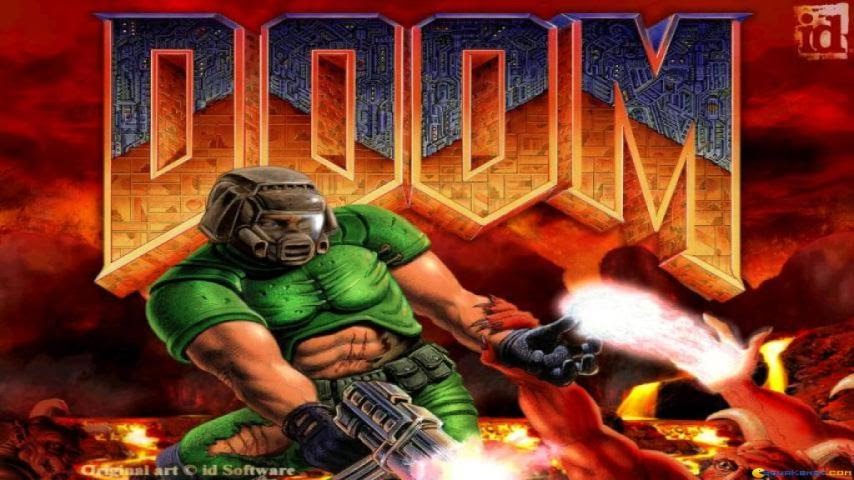
The granddaddy of FPS. Rip and tear through demons with shotguns, chainsaws, and BFGs. It runs on everything, there's even versions hacked for old digital cameras and a modern electronic pregnancy test... not to mention back in the day people made versions of it for scientific calculators.
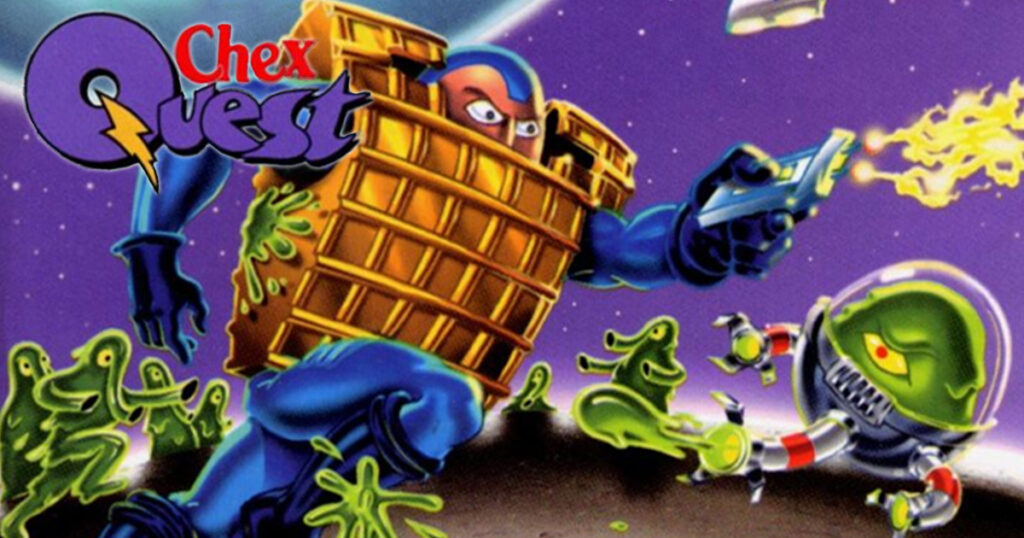
One of my best memories was getting this with a box of Chex. A non-violent Doom mod that came in the cereal box. Use the Zorcher to zap green booger aliens back to their own dimension. Actually amazing. Also there's a great remake out.
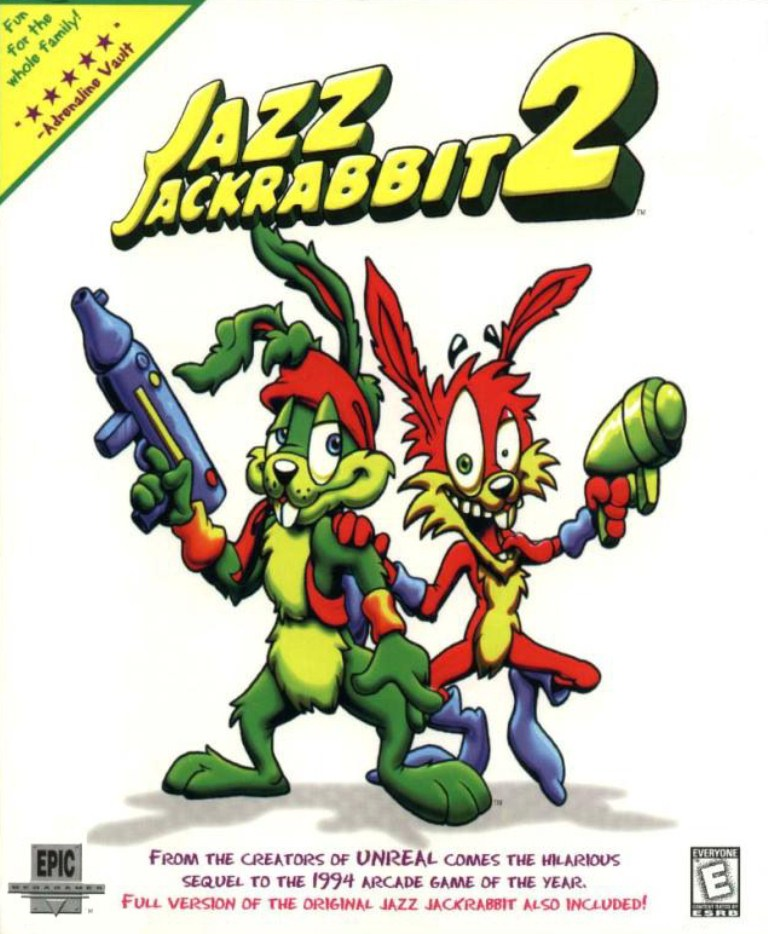
Epic’s answer to The Tortoise and the Hare but in space with a green rabbit and blazing speed blasting lasers at turtles. Colorful, chaotic, and packed with great soundtrack energy. Early furry vibes for the win.
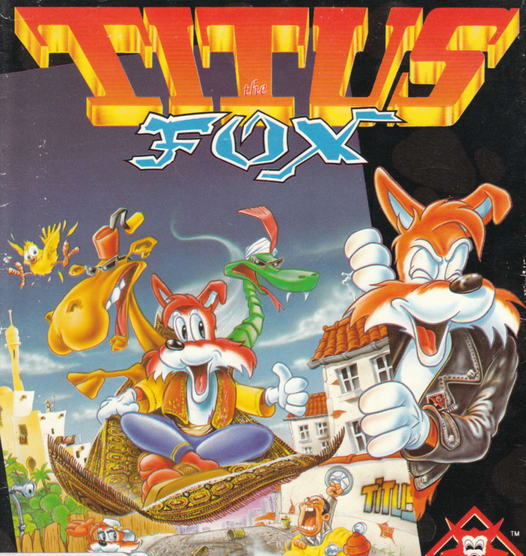
Platforming across the world to save your girlfriend—complete with flying carpets and palm-slap traps. Nothing says kid-friendly like smashing a glass bottle on someone's head. Again, early furry vibes for the win.
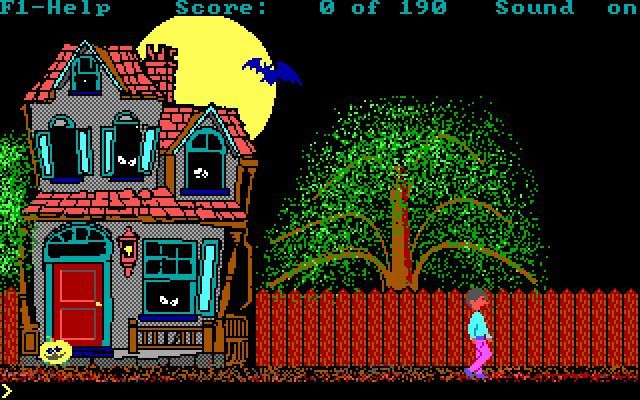
Text parser puzzle game with goofy monsters, skeletons, and logic that makes Sierra games look fair.
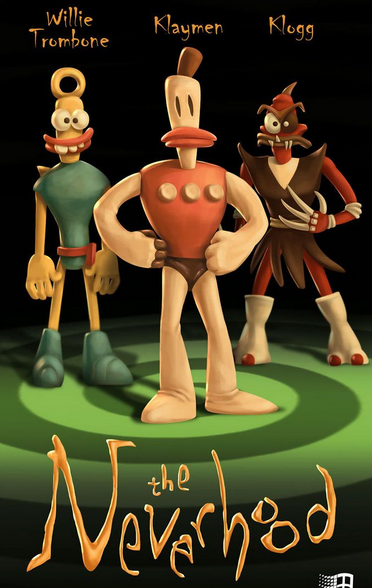
Claymation beautiful-surrealism at its finest. A bizarre puzzle adventure full of charm, weird humor, cool characters, claymation and an amazing sung soundtrack that hardly uses any actual real words... think Nickelodeon's Doug type music but weirder and better. The sequel was actually a platformer on Playstation 1.
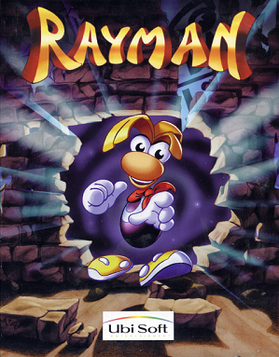
Floating arms, floating legs, no problem. Platforming beauty in a whimsical beautiful-art world and some brutal difficulty later on. Pretty sure my mother bought me this as a kid not just because I liked it but because she was glad to see me play something "non violent" for once.
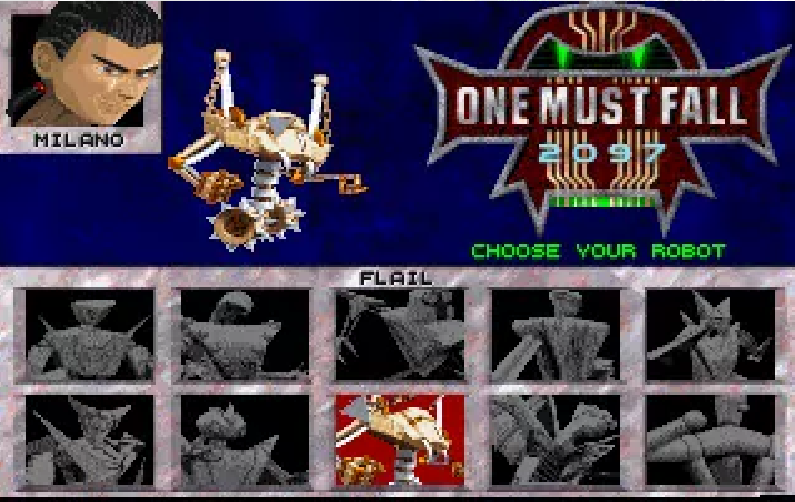
Giant robot fighting game with combos, story modes, and the kind of schlock that ages beautifully. Another one of those fake-anime-style 90s games.
Top-down jet combat with thumping music and a revenge story told through stylized slideshows. Fast and underrated. Yet another one of those fake-anime-style 90s games.
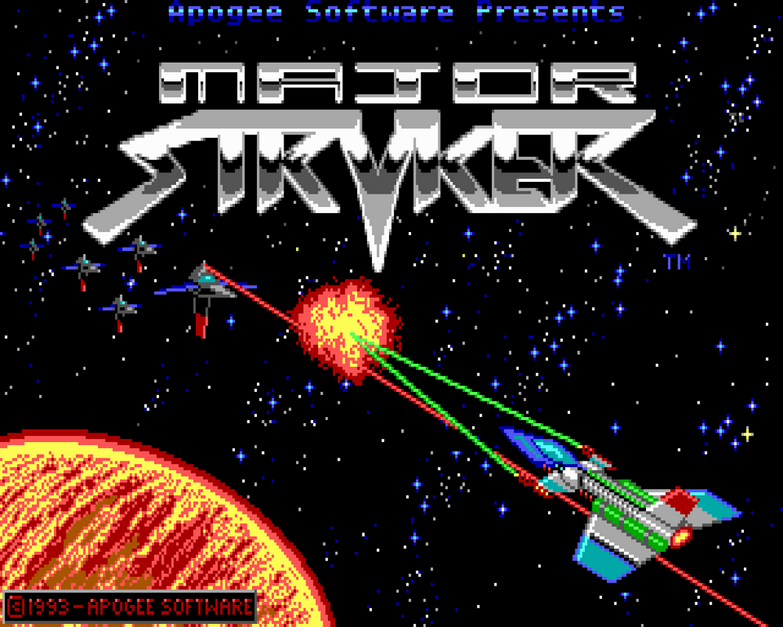
Apogee’s vertical shootemup—colorful, scifi, and full of pew-pew. Dodge lasers! Honestly my most memorable thing about this game is the sound clip of "GAME OVER MAN, GAME OVER!" when you die.
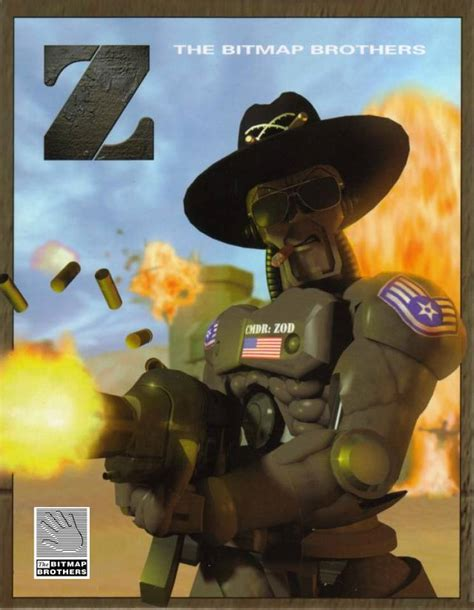
Cartoony RTS with aggressive robots and no base-building that doesn't take itself seriously; quite the opposite. Capture zones and outwit enemy droids with pure strategic brutality! Sort of like Command and Conquer but individual units can do more things like switch between rifles and grenades and enter or exist jeeps to drive.
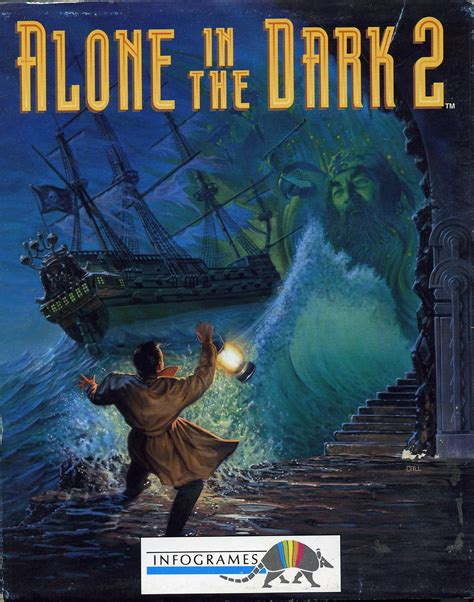
All three original games are amazing. 3D polygonal horror pioneers. Fixed-camera scares, spooky mansions, and tank controls before Resident Evil. Lovecraft-inspired, you're a detective trying to figure out what's going on cursed properties full of zombies, ghosts, monsters, undead cowboys, and one undead evil pirate. Lots of puzzles and "I fucked up" moments.
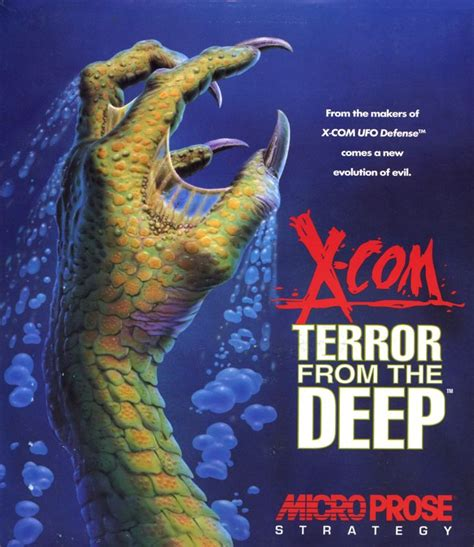
Underwater aliens, deep-sea terror, and your soldiers constantly missing 95% shots. A harder, wetter sequel to the classic UFO Defense with a Lovecraftian twist.

Infamous for clunky controls, but it tried to be bold with a Vietnam-meets-cyberpunk nightmare aesthetic and plot. Not great, but unforgettable in its own broken way.
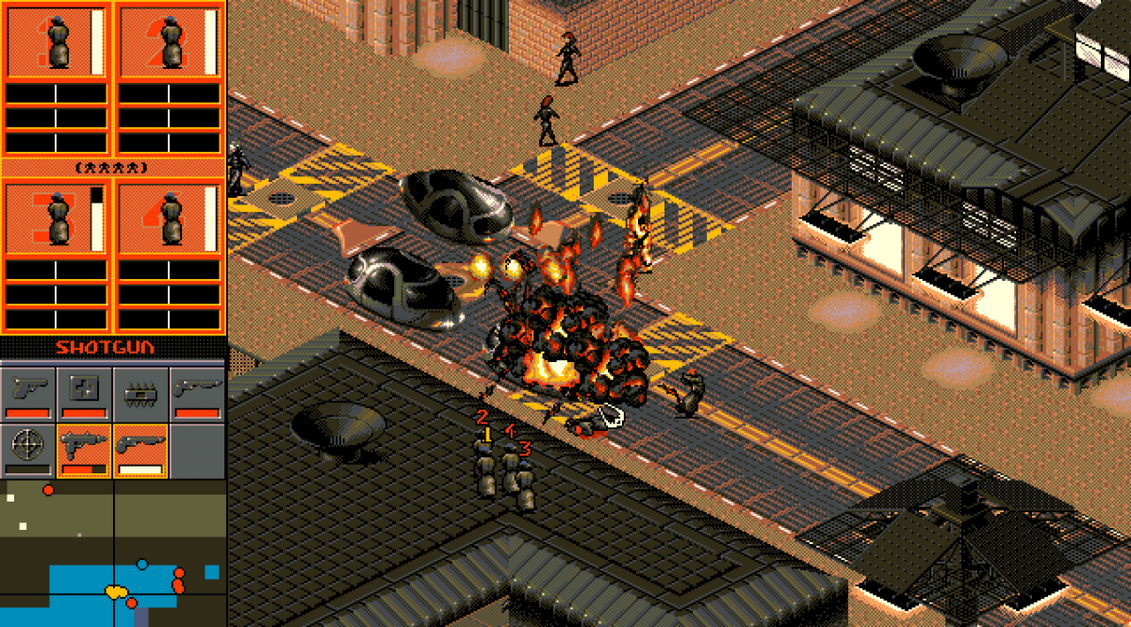
Cyberpunk real-time strategy in a dystopian world where corporations are basically governments and brainchips and mind control are the norm. Your cyborg thugs can be armed with various guns and weapons like flamethrowers and sent on various missions (usually assassinations,) to help your megacorporation become king. You can pilot vehicles and fend off the police when you draw too much attention to yourself. (Wow they predicted the future pretty well.)
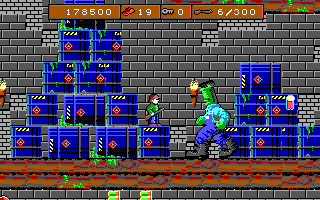
Technically the third installment of the Dangerous Dave games. Kind of like a more adult version of Monster Bash because instead of platforming around fighting zombies with a slingshot you have a double barrel shotgun that turns zombies and monsters into blood and gore. Your ulimate goal is to rescue your brother from a mad scientist in a mansion full of horrors.
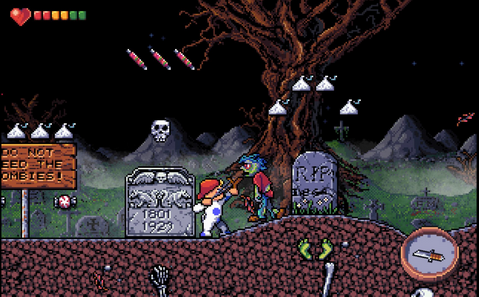
Use your trusty slingshot to fight zombies and monsters so you can rescue your dog from a mad scientist! You play as a kid and you collect a lot of candy along the way while avoiding traps and going through graveyards, a castle, and other creepy places.
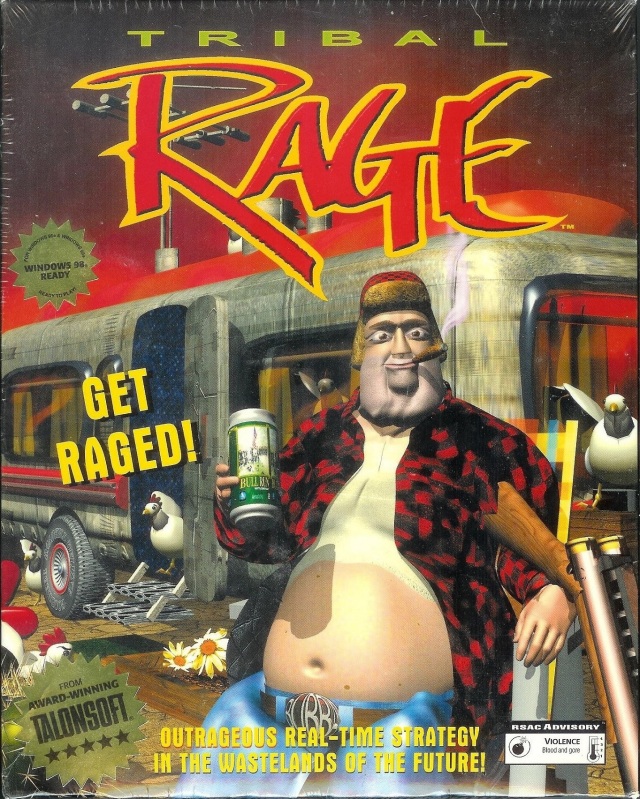
I remember playing this game for hours after bringing home the big-box retail from a Babbage's. It's a goofy post-apocalyptic Command and Conquer clone where you choose a tribe to battle the other tribes. There's crazy tribes like Elvis impersonators, Amazon warrior women, rednecks, cyborgs, cultists and more.
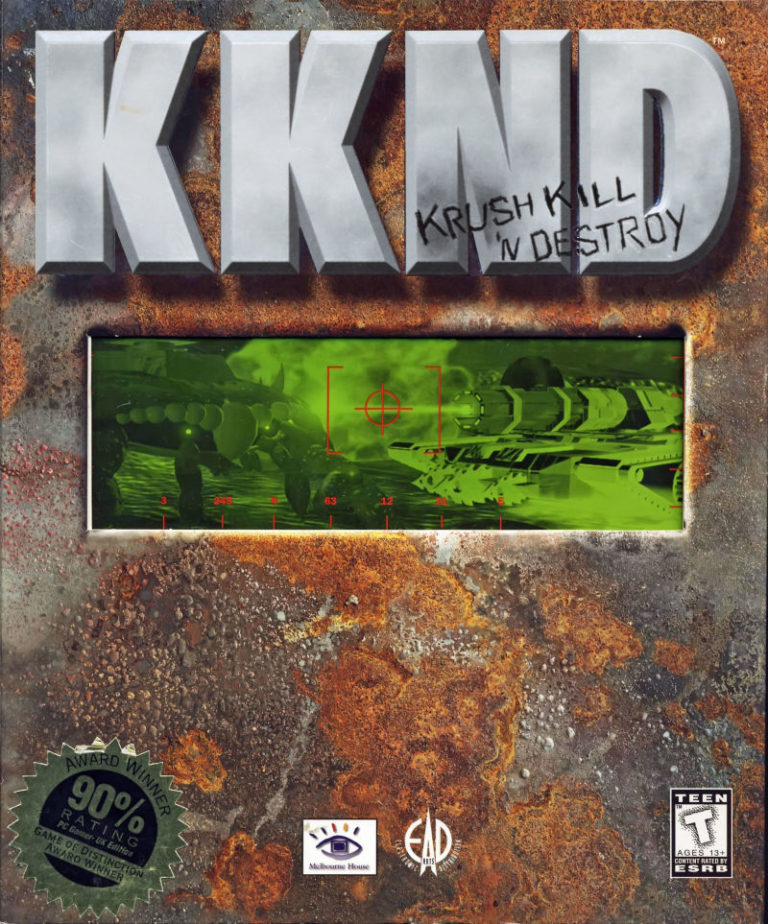
Post-apocalyptic Command and Conquer clone, play as either human hide-aways coming up from underground or the mutated survivors of the nuclear devastation. The hide-aways have tanks, jeeps, etc while the mutants have everything from motorcycles to giant monster crabs with rocket launchers on their backs!
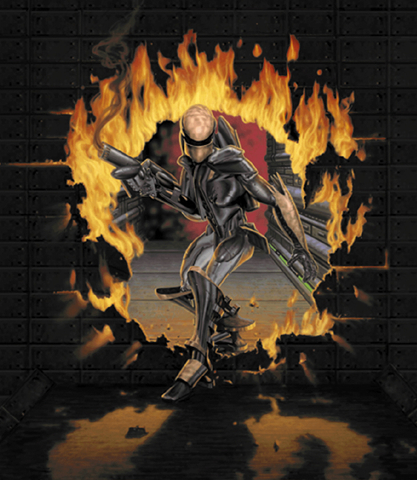
A gritty side-scrolling run-and-gun shooter with mouse-aiming way ahead of its time. You're a wrongly imprisoned test subject escaping a mutant-infested facility while wielding an arsenal of satisfying weapons. Dark, fast, and brutally atmospheric with one of the coolest control schemes of any DOS-era action game.

These top-down twin-stick-style shooters brought gritty ultraviolence, over-the-top weapons, and twisted characters to life in glorious 90s pixel gore. Loaded dropped you into a grimy space prison with six playable psychopaths, each with their own bloody abilities, mowing down waves of enemies to industrial techno beats. Re-Loaded, the sequel, upped the bizarre factor with more surreal levels, improved graphics, and even darker humor. Both games were unapologetically chaotic, stylishly edgy, and exactly the kind of mayhem the 90s specialized in.
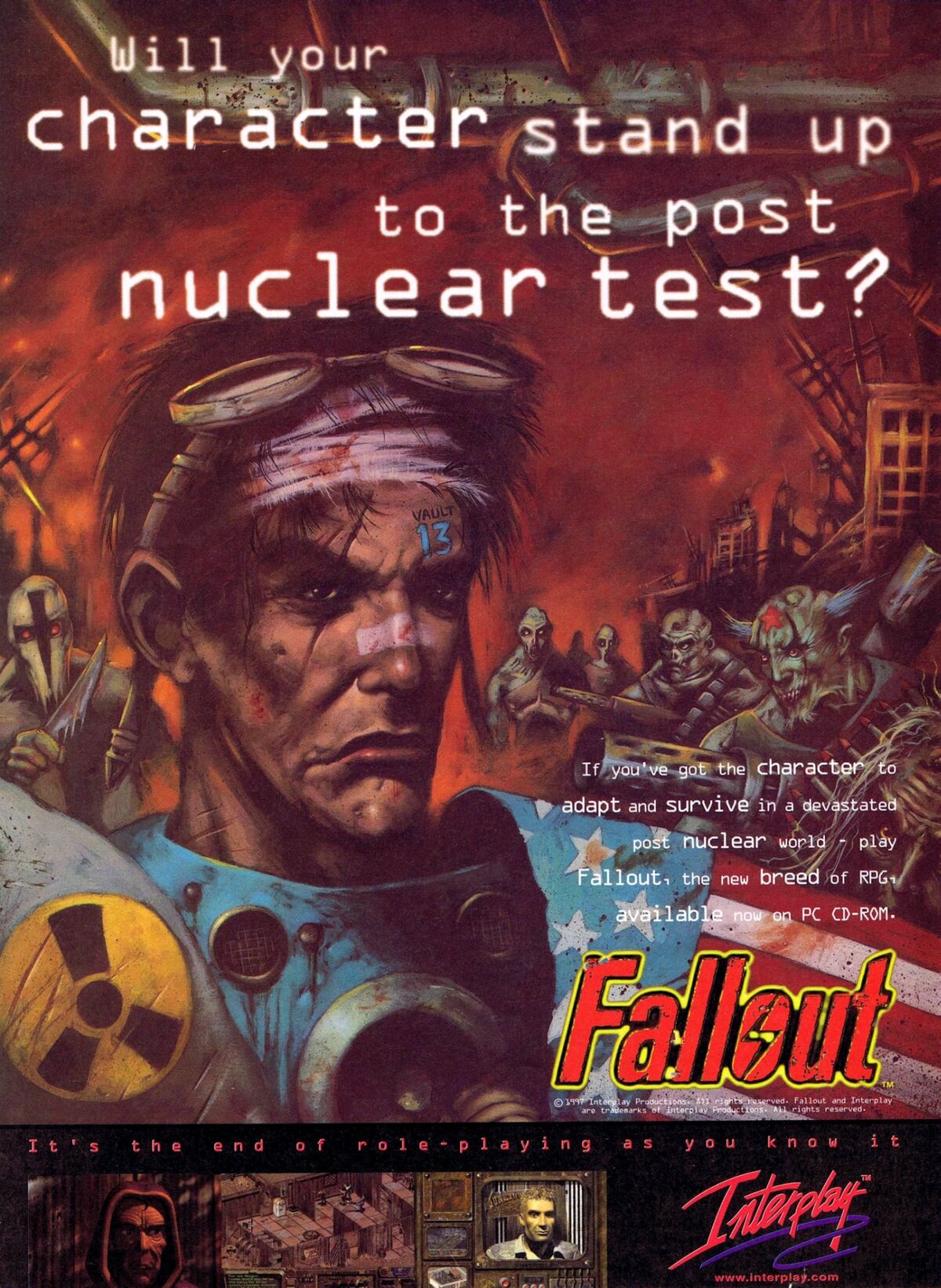
Where it all began. The post-nuclear roleplaying classics set in a darkly humorous wasteland full of mutants, ghouls, vault dwellers, and questionable choices. Turn-based combat, open-ended quests, and brutal consequences defined these iconic isometric RPGs. Fallout 1 sets the tone—Fallout 2 cranks up the chaos.
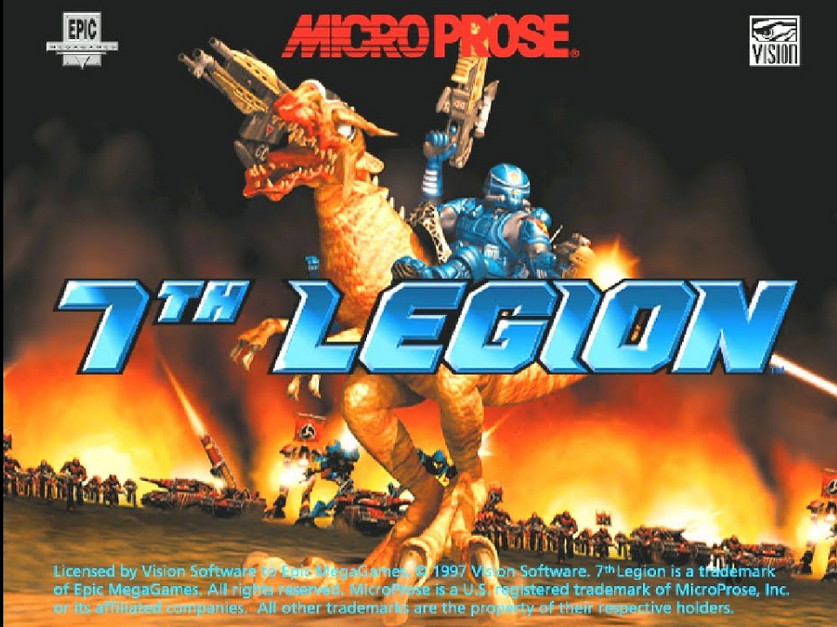
A gritty Command & Conquer clone set in Earth’s far-off, ruined future. The planet’s been devastated by war and pollution, and those left behind—scarred hardened survivors—now battle the descendants of humanity’s elite who fled to the stars and returned to reclaim the world. Expect explosive RTS action, bizarre superpowers, and yes… dinosaur-riding units stomping across the battlefield. It's weird, it's wild, it's wonderfully 90s.
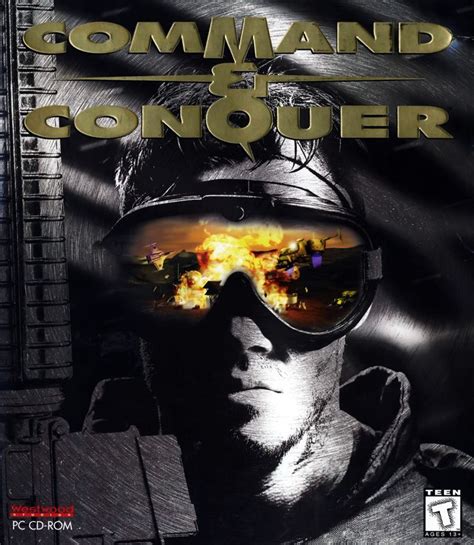
Among the most pivotal early real-time strategy games, Command & Conquer and its alternate-history sibling Red Alert defined the genre. With base building, resource harvesting, FMV cutscenes, and addictive multiplayer, they sparked a wave of RTS clones throughout the '90s and beyond. C&C brought near-future warfare and GDI vs. Nod, while Red Alert turned Einstein into a time-traveling assassin and pitted Allies against the Soviets in glorious, tank-rushing chaos.
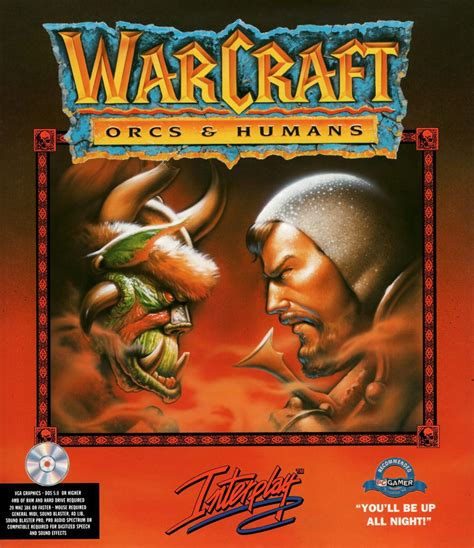
I’m usually not big on swords and sorcery, but Warcraft and Warcraft II totally won me over. These were the roots of the whole Warcraft universe—before WoW, there were pixelated orcs shouting “zug zug” and humans building farms to summon knights. Classic base-building, resource-gathering RTS gameplay with charm, challenge, and a surprisingly rich backstory. This is where Azeroth was born, and it’s still awesome.
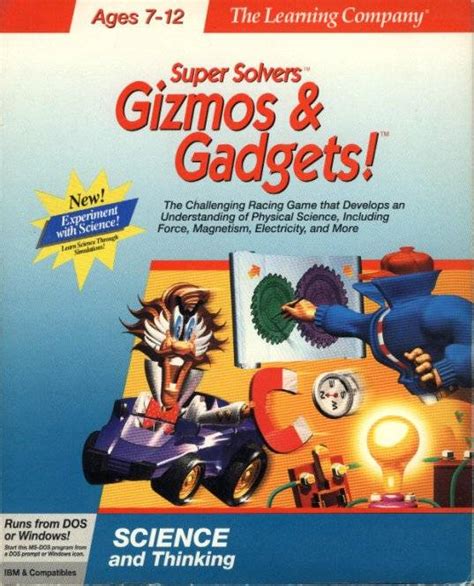
When I was really young, my brother and I used to play Gizmos & Gadgets together—it’s one of those early memories that really stuck with me. It was this quirky, educational game where you ran around as a little jumpsuited kid in factories, solving science puzzles and collecting car parts to build wacky vehicles. The goal was to out-race rival inventors, but half the fun was learning about magnets, circuits, gears, and other geeky stuff along the way. We didn’t care it was educational—it was just fun
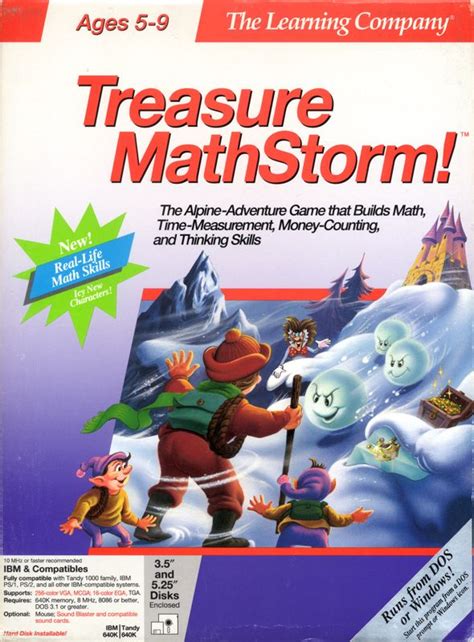
My brother and I used to play this together as well when I was really young—it was one of the earliest games I remember us both enjoying. You’d run around collecting treasures hidden on a magical mountain, answering riddles, and using clues to catch mischievous elves. It was educational, but it didn’t feel like it—more like a cozy little adventure where learning snuck in with the fun. The pointy-hatted elves, sparkly treasures, and that triumphant feeling of reaching the top of the mountain… it’s burned into my brain in the best way.
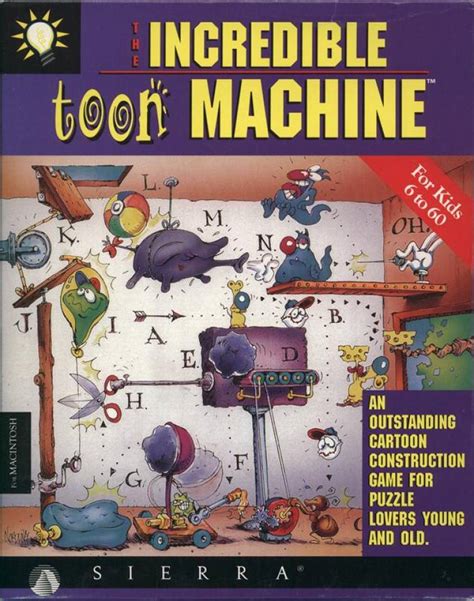
This was one of those games that brought my whole family together—my dad, my brother, and I all played it, and honestly, half the fun was just seeing what kind of wacky nonsense we could make happen. You didn’t even have to solve the puzzles “right” to enjoy it. I remember setting up ridiculous chain reactions, like luring a cartoon mouse with cheese, only to trigger a trap that released a cat to chase it. It was pure chaos, full of slapstick humor and goofy animations, and we’d be laughing the whole time. Total creative mayhem.
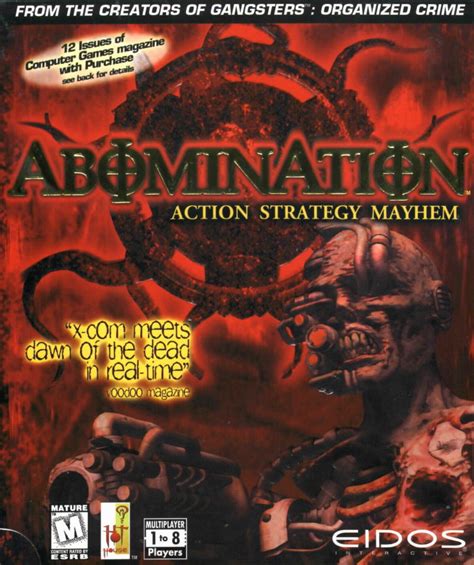
A forgotten gem with serious style, Abomination blended X-COM-style squad tactics with real-time strategy, only way grittier and louder. You controlled a team of enhanced freaks and soldiers fighting through a diseased, post-apocalyptic city overrun by cultists, mutants, and zombies. The whole thing had this awesome comic book aesthetic—moody colors, sharp shadows, and that late-90s gritty sci-fi vibe. Guns blazing, grenades flying, and squad members dropping one by one as you tried to contain the madness. Brutal, atmospheric, and totally underrated.
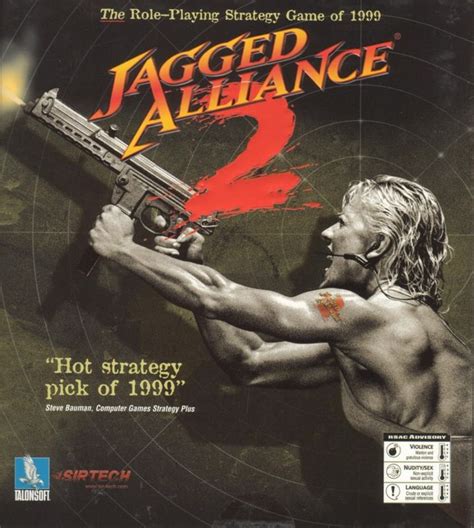
One of my all-time favorite games, Jagged Alliance 2 is a perfect storm of turn-based strategy, real-time storytelling, and RPG depth. You’re dropped into the war-torn country of Arulco, tasked with hiring a team of mercs to overthrow a tyrant queen—each merc with their own quirky personality, backstory, and grudges. Between the tense, tactical grid-based combat and the real-time exploration, it keeps you on your toes constantly. Diplomacy, economics, sniping from rooftops—this game had it all. It’s funny, brutal, smart, and completely addicting. A true classic.
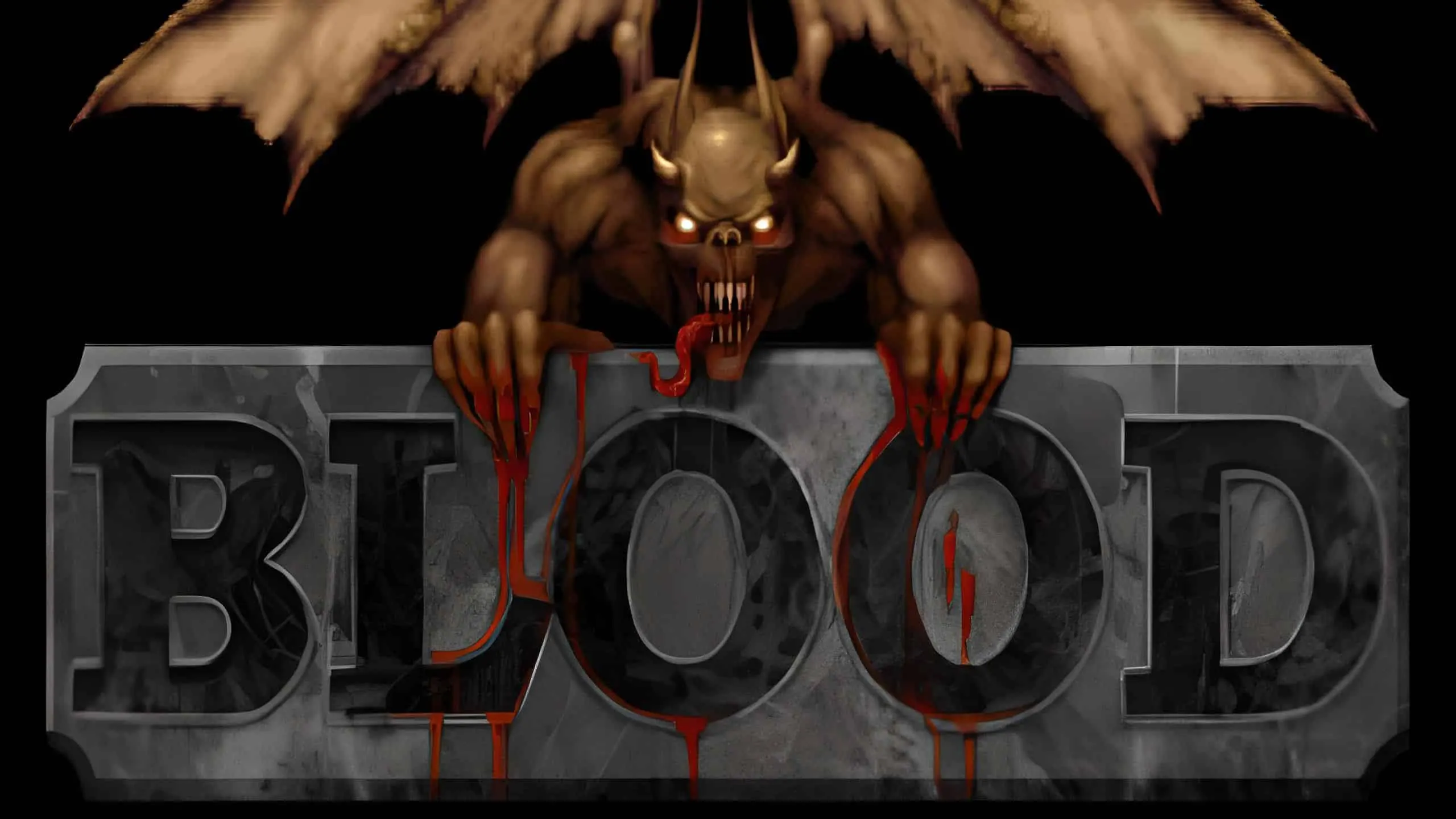
One of the goriest, darkest, and most wickedly fun shooters of the 90s. Blood throws you into a horror-soaked world as Caleb, a vengeful gunslinger battling cultists, zombies, and grotesque monsters with pitchforks, tommy guns, and dynamite. It’s fast, brutal, and packed with twisted humor and horror movie references. A true cult classic—pun absolutely intended.
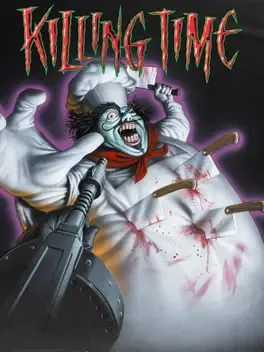
A weird, atmospheric FPS set on a cursed estate stuck in a time loop. You play an ex-Egyptology student trapped on a haunted island full of ghosts, cultists, and possessed artifacts. Killing Time blends exploration-heavy gameplay with FMV cutscenes that unfold as you wander the mansion and grounds. It's like Myst met Doom, got drunk, and invited a horror B-movie to the party.
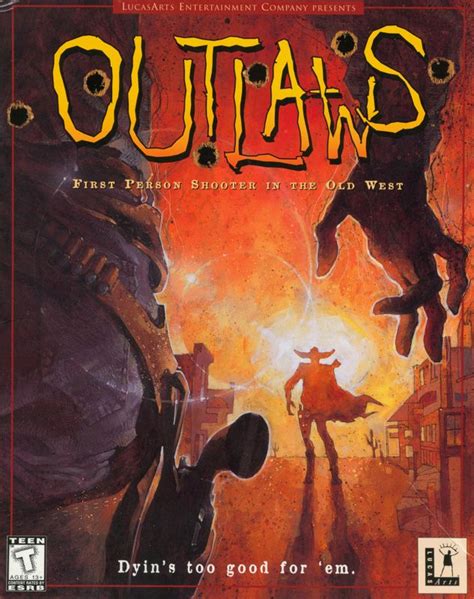
LucasArts’ underrated gem of a Western FPS. Outlaws puts you in the boots of retired Marshal James Anderson, out for justice after his wife is murdered and daughter kidnapped by outlaws. With a unique hand-drawn art style, orchestral spaghetti Western soundtrack, and sharp old-school gunplay, it’s like playing a Clint Eastwood film. One of the first FPS games to feature a dedicated sniper rifle and iron sights—way ahead of its time.
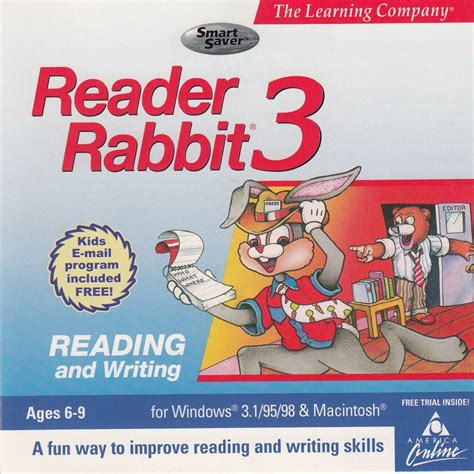
When I was very young, my brother and I used to play Reader Rabbit 3 together—a fun and surprisingly creative edutainment game. One of the coolest things about it was how, after completing all the activities, it would let you print out a fake newspaper article featuring you as the hero.
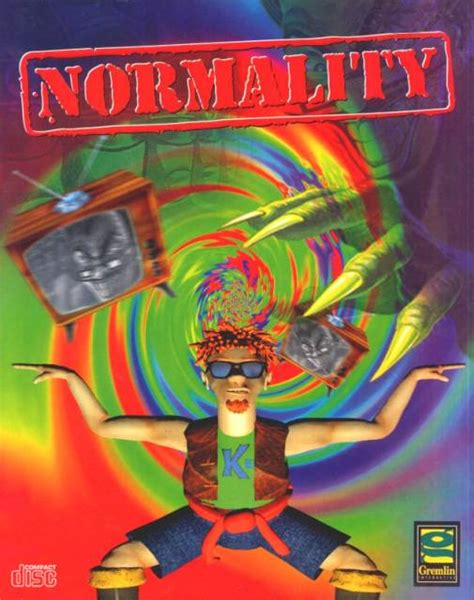
Normality is a bizarre, first-person point-and-click adventure game set in a dystopian city where happiness is outlawed. You play as Kent Knutson, a sarcastic slacker with a heart of gold and a brain full of weird ideas. Everything about it was offbeat—talking furniture, weird humor, and characters that felt like they wandered out of a grunge-era cartoon. The controls were clunky, the puzzles often made no sense, and the graphics were awkward 3D models mashed with pixel art—but somehow, it worked. You couldn’t really explain why it was so good... it just was. There was something strangely cozy about sneaking around the oppressive Norm police and exploring that grim, goofy world.
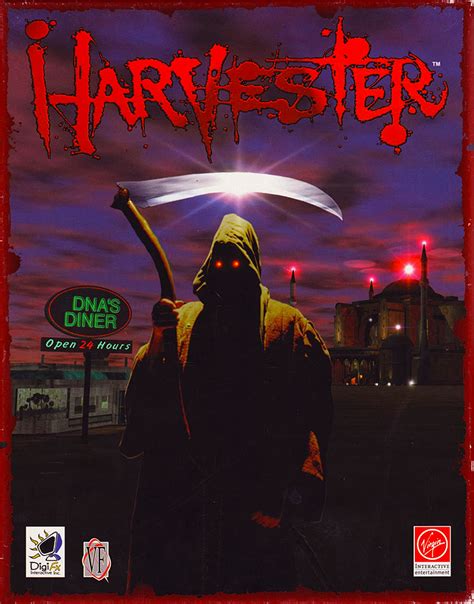
An infamously twisted point-and-click adventure dripping with extremely-dark humor, gore, and '90s FMV weirdness. You wake up in a 1950s-style town with amnesia, and things spiral quickly into psychological horror and brutal satire. While I didn’t play it back in the day, I discovered it years later—and honestly, I’m glad I did. The multiple endings, surreal tone, and endless Easter eggs made it genuinely memorable. Harvester leans hard into shock value, but underneath the violence is biting commentary on media, conformity, and society. It’s deeply messed up… and I loved it.
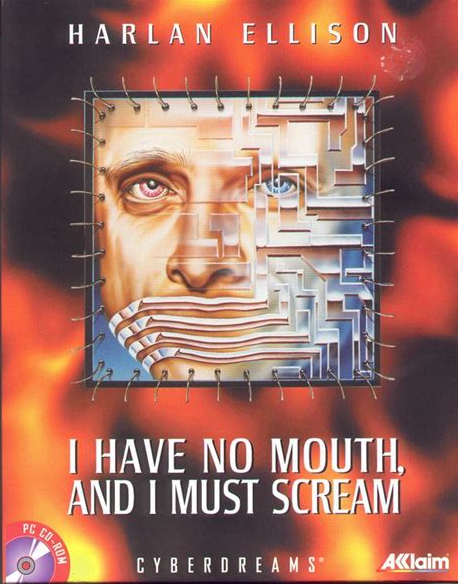
Based on Harlan Ellison’s short story, I Have No Mouth, and I Must Scream is one of the darkest point-and-click adventure games ever made. I didn’t play it back in the day, but when I finally did years later, it stuck with me hard. You guide five tortured characters through psychological hellscapes built from their past sins, all while trapped under the control of a sadistic, godlike AI named AM. Each story explores heavy, disturbing themes—abuse, war crimes, insanity—and your choices can lead to redemption… or deeper suffering. It’s bleak, brilliant, and like nothing else.
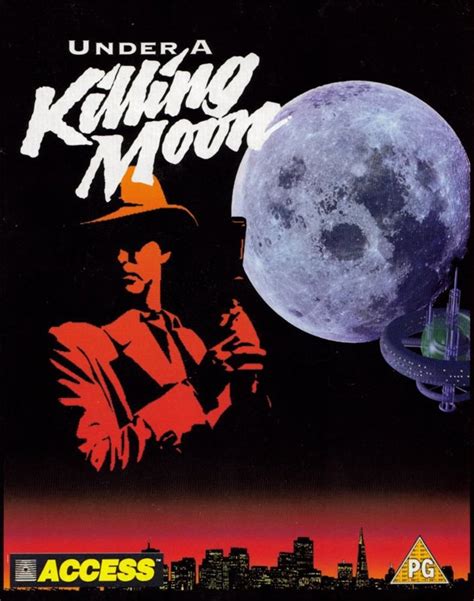
Under a Killing Moon is the third Tex Murphy game and easily one of my all-time favorites. It’s a perfect blend of noir detective story, sci-fi dystopia, and FMV cheese—and somehow it all works beautifully. You play as Tex, a wisecracking, down-on-his-luck PI in a radioactive future, stumbling into a conspiracy way bigger than himself. I absolutely love the style, the story, the atmosphere, the characters… everything. The mix of first-person exploration, puzzles, and full-motion video scenes makes it feel totally unique, even today. Highly recommend this—and honestly, any Tex Murphy game if you want something smart, funny, and unforgettable.
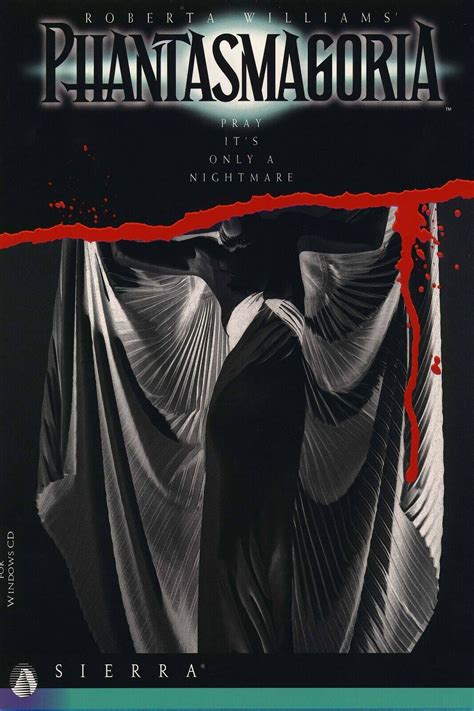
Phantasmagoria is great in its own ways, and I genuinely think it doesn’t get enough love; though it's not as good as some of the other horror point and click adventure games on here. The game is classic FMV horror, full of eerie mansion vibes, a slow-burn demonic possession plot, and some genuinely disturbing moments that were pretty shocking for the time.

Ok next to Harvester and the Tex Murphy games, this is definitely one of my favorite point and click FMV games. There's just so much going on; it is one of the strangest, darkest FMV games ever made—and that’s saying something. It ditches the haunted mansion of the first game and dives deep into psychological horror, corporate conspiracies, hallucinations, and twisted sexuality. You play as Curtis Craig, a traumatized office worker whose reality starts unraveling in horrifying ways. It’s surreal, gory, and packed with taboo-breaking content that made it super controversial back in the day. I didn’t play it when it came out, but when I finally did years later, I was hooked. It’s weird in the best way—gritty, haunting, and full of those “did that really just happen?” moments.
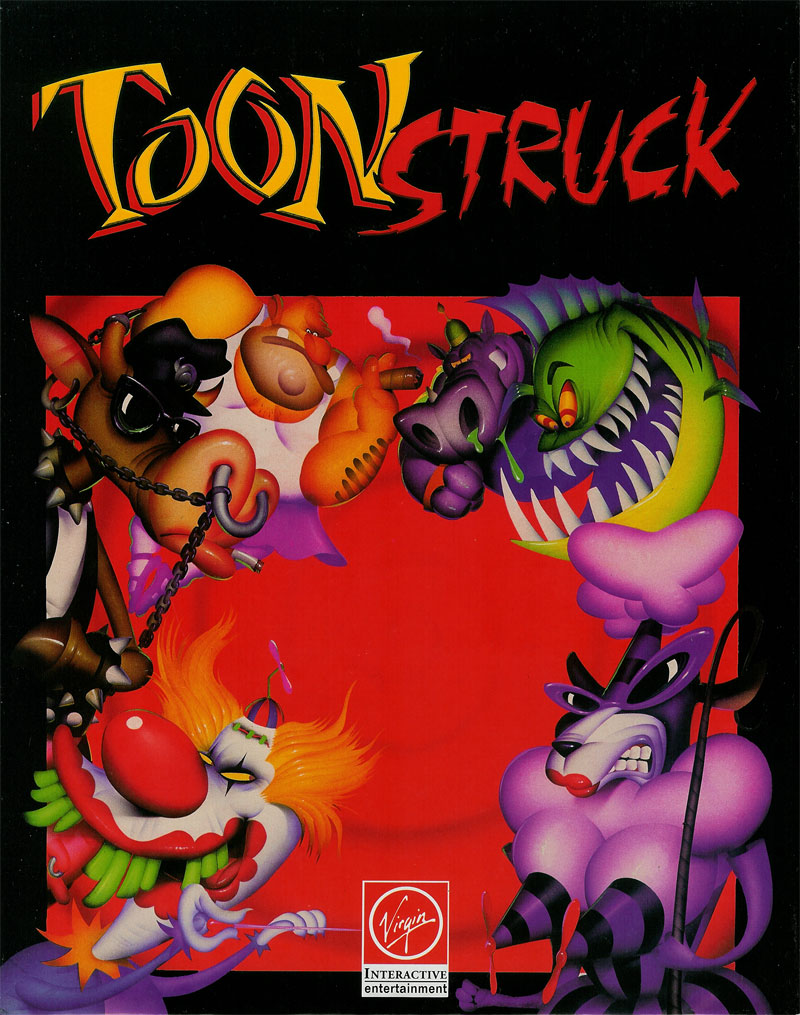
Toonstruck is a criminally underrated point-and-click adventure where you play as a cartoonist (literally Christopher Lloyd!) who gets sucked into his own animated world. It’s a wild ride through a beautifully animated land full of twisted humor, surreal characters, and razor-sharp dialogue. The game feels like Looney Tunes got locked in a room with Ren & Stimpy and some questionable mushrooms. I discovered it way later in life and absolutely loved it—great puzzles, hilarious voice acting (hello, Tim Curry!), and some genuinely clever writing. It’s like something Tim Burton would have come up with. It is a major shame the sequel never came out.
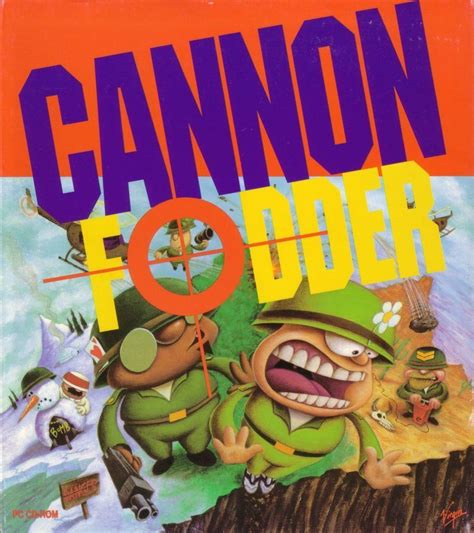
I had the big box retail version of the original Cannon Fodder for DOS, and as a kid, I absolutely loved it—and honestly, I still do. It’s a quirky, top-down action/strategy hybrid where you control a squad of tiny soldiers through increasingly chaotic missions. The gameplay is fast, violent, and darkly humorous, with a soundtrack that still sticks in my head. Each soldier had a name, and I remember getting genuinely bummed when my best ones got wiped out. I never really played Cannon Fodder 2 much, but it continued the same formula with more surreal and varied settings, like time travel and alien worlds. The series has a cult following for good reason—there’s nothing else quite like it.
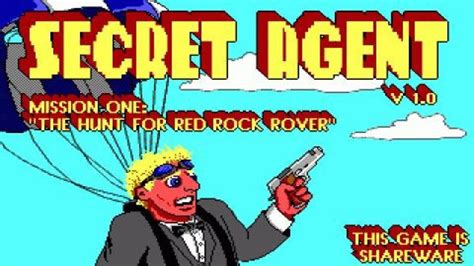
Secret Agent was one of my absolute favorite games when I was very young. It had that classic DOS shareware charm—pixel art, chiptune music, and just the right mix of challenge and silliness. You played as a suave little spy guy jumping, shooting, and sneaking your way through enemy bases, dodging deadly lasers, collecting floppy disks, and blowing up satellites. It was part puzzle, part action platformer, and all fun.
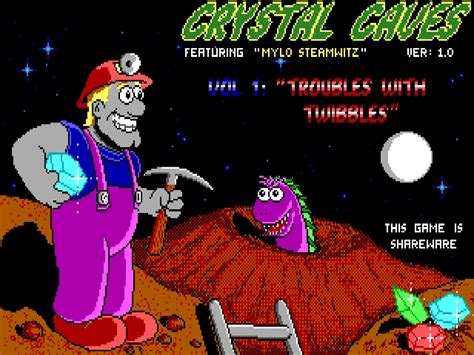
Crystal Caves was another one of those DOS gems I adored as a kid. It had colorful pixel graphics, wacky enemies, and a quirky sci-fi vibe that made it stand out. You played as Mylo Steamwitz, a wannabe entrepreneur zipping around alien caves to collect crystals and fund his get-rich-quick schemes. The gameplay was a mix of shooting, platforming, and puzzle-solving, and every level felt like its own little adventure. I remember loving the silly sound effects and goofy charm, and I spent hours figuring out how to grab every last crystal. Just like Secret Agent, this one has a permanent spot in my nostalgia vault.
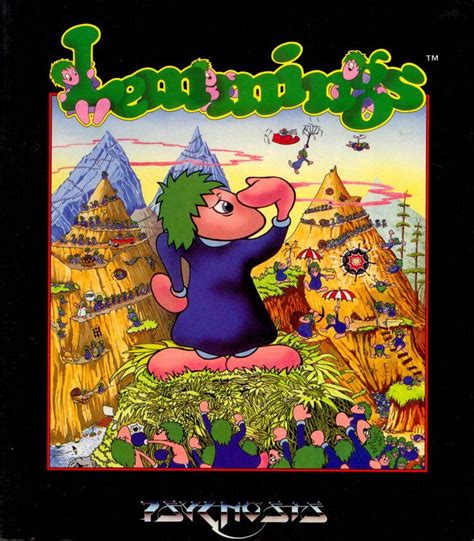
I’ve always loved Lemmings. There’s just something endlessly satisfying about guiding those clueless little guys to safety while trying to avoid the many ways they can meet an adorably tragic end. The puzzles were clever, the music was catchy, and watching them march in line before digging, building, or exploding was pure magic to younger me—and honestly, still is. I could play it for hours, experimenting with strategies and trying to save every last one (or... intentionally blowing them all up when I got frustrated.) It’s one of those games that never left my heart.
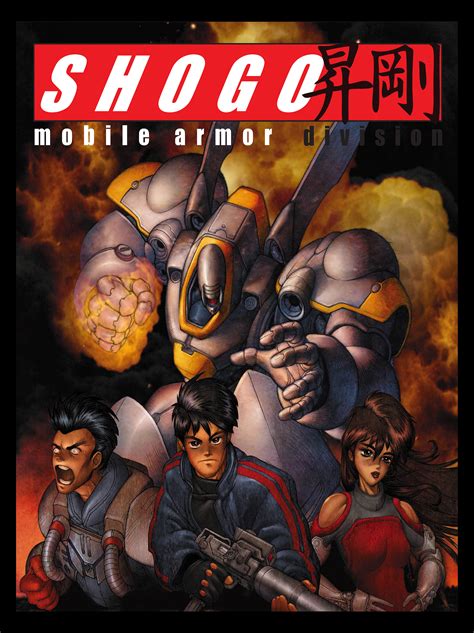
Shogo is one of those wonderfully weird "fake-anime-style" 90s PC games that tried to blend mecha action with a gritty FPS story. I never really got far in it, but I still remember the vibe—it felt like stepping into some off-brand Gundam meets cyberpunk noir fever dream. You could run around on foot or hop into a giant mech and blast enemies with ridiculous firepower. It had cool ideas, flashy design, and lots of charm, even if I didn’t stick with it long. Definitely one of those quirky gems of the late 90s PC era.
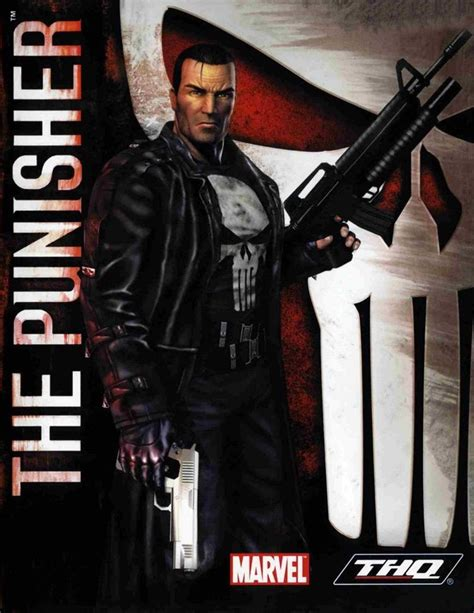
The 2005 Punisher PC game is a gritty, gloriously violent third-person shooter that nails everything you'd want from a game about Frank Castle. It combines the bleak tone of the comics with over-the-top action and interrogation mechanics that are still unmatched today. The real hook? Unique environmental kills — brutal, often hilarious executions using everything from piranha tanks to wood chippers. Every level is packed with ways to creatively take down thugs, making the gameplay feel like a bloody sandbox of vigilante justice. With a story mostly based on the Punisher comics being printed during that time, it’s got that perfect blend of dark humor, comic book grit, and explosive violence. It’s not for the faint of heart, but as a Punisher fan, it’s still one of my absolute favorite games; savage, satisfying, and fueled by vengeance.
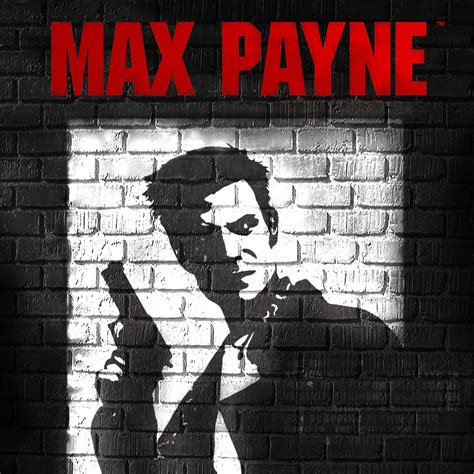
The Max Payne trilogy plays out like a gritty, noir-soaked fever dream — almost like a Norwegian-made clone of The Punisher, but with less gore and more internal monologue. While it shares that same revenge-driven antihero vibe, Max Payne leans heavier into crime-noir storytelling, surreal hallucinations, and grim, poetic narration. The standout mechanic is bullet time a groundbreaking slow-motion dive-and-shoot system (think The Matrix,) that lets you gun down enemies mid-air like a cinematic action god. Pair that with realistic firearm animations, detailed models, and convincing physics, and every firefight feels intense, weighty, and stylishly lethal. It’s gritty, immersive, and soaked in atmosphere... like The Punisher decided to get artsy, but still brought all the guns. I still have my first Max Payne game mousepad that came with the preorder all those years ago.
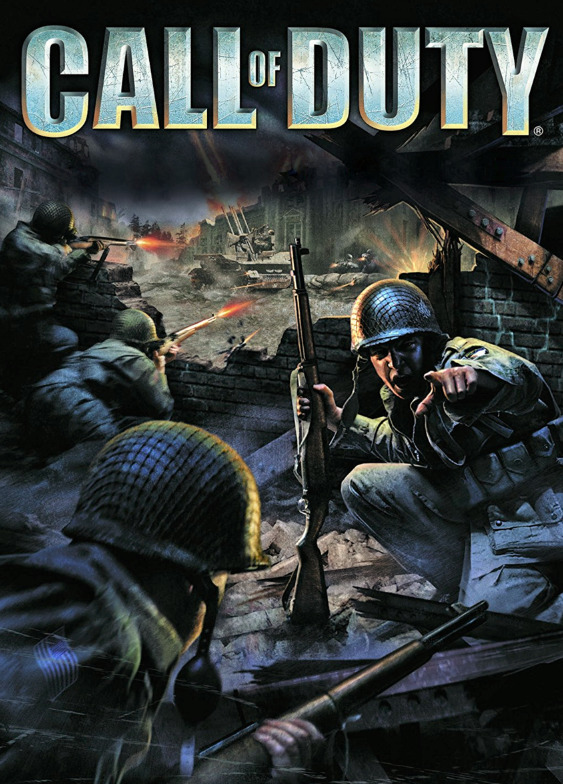
The first Call of Duty in 2003 was a sensation... it set a new standard for WWII shooters with its gritty realism, chaotic atmosphere, and immersive sound design. The animations, weapon handling, and squad-based gameplay made you feel like you were really in the thick of battle. Multiplayer was a blast, with large servers full of intense firefights and late-night showdowns. Everyone I knew was playing it; I even had to borrow money just to buy it at launch. It quickly became one of my favorite games, and one of my dad’s too. For its time, it was pure pulse-pounding adrenaline.
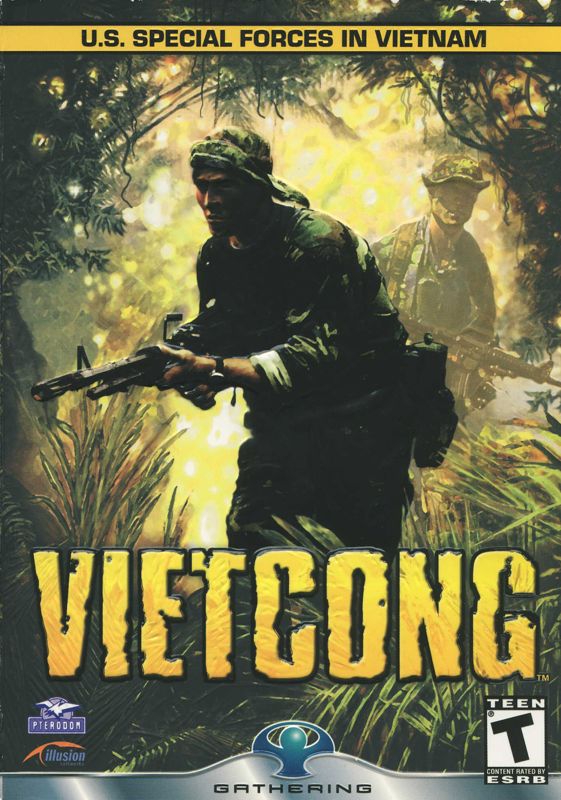
Vietcong was one of those games I absolutely played to death... single player, multiplayer; didn’t matter. I’d spend hours upon hours lost in its dense jungles and gritty firefights. For its time, nothing beat how fast it could suck you in and make the hours fly by. The tactical squad play, the ambushes, the tense silence before the chaos... it nailed the Vietnam War setting like few others. And when the expansion packs dropped? Even better: more missions, more weapons, more of that raw immersive action that made Vietcong such a classic for me.
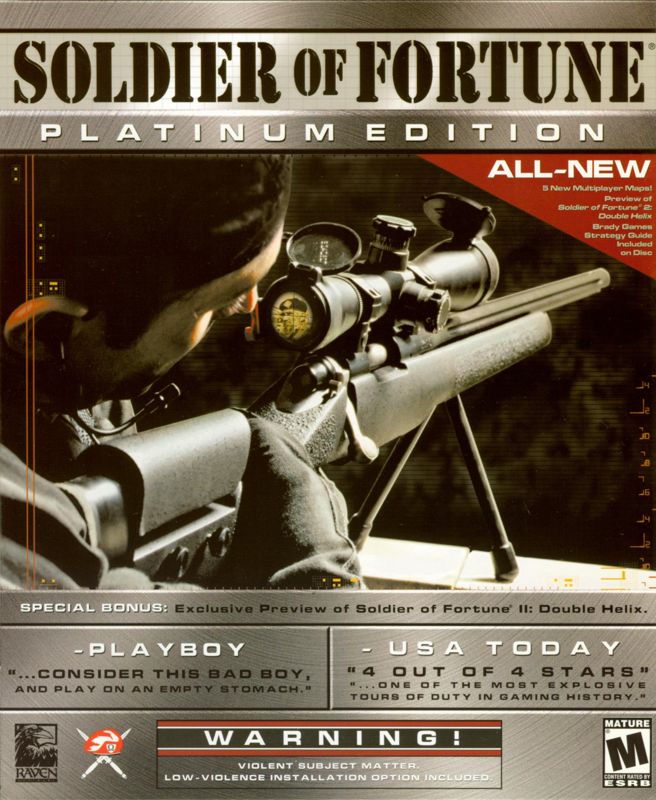
Soldier of Fortune 1 and 2 were gritty, brutal, and way ahead of their time in sheer realism and gore. The first game shocked players with its now-infamous GHOUL damage system; shooting enemies wasn’t just a basic hit—it was a limb-blasting, gut-spewing experience that made every firefight feel intense and personal. Then SoF2 came in with better graphics, more tactical gameplay, and even more realistic violence... plus randomized missions that added tons of replayability. Both games were unapologetically hardcore; not just run-and-gun, but brutal action thrillers with raw, gritty, mercenary edge.
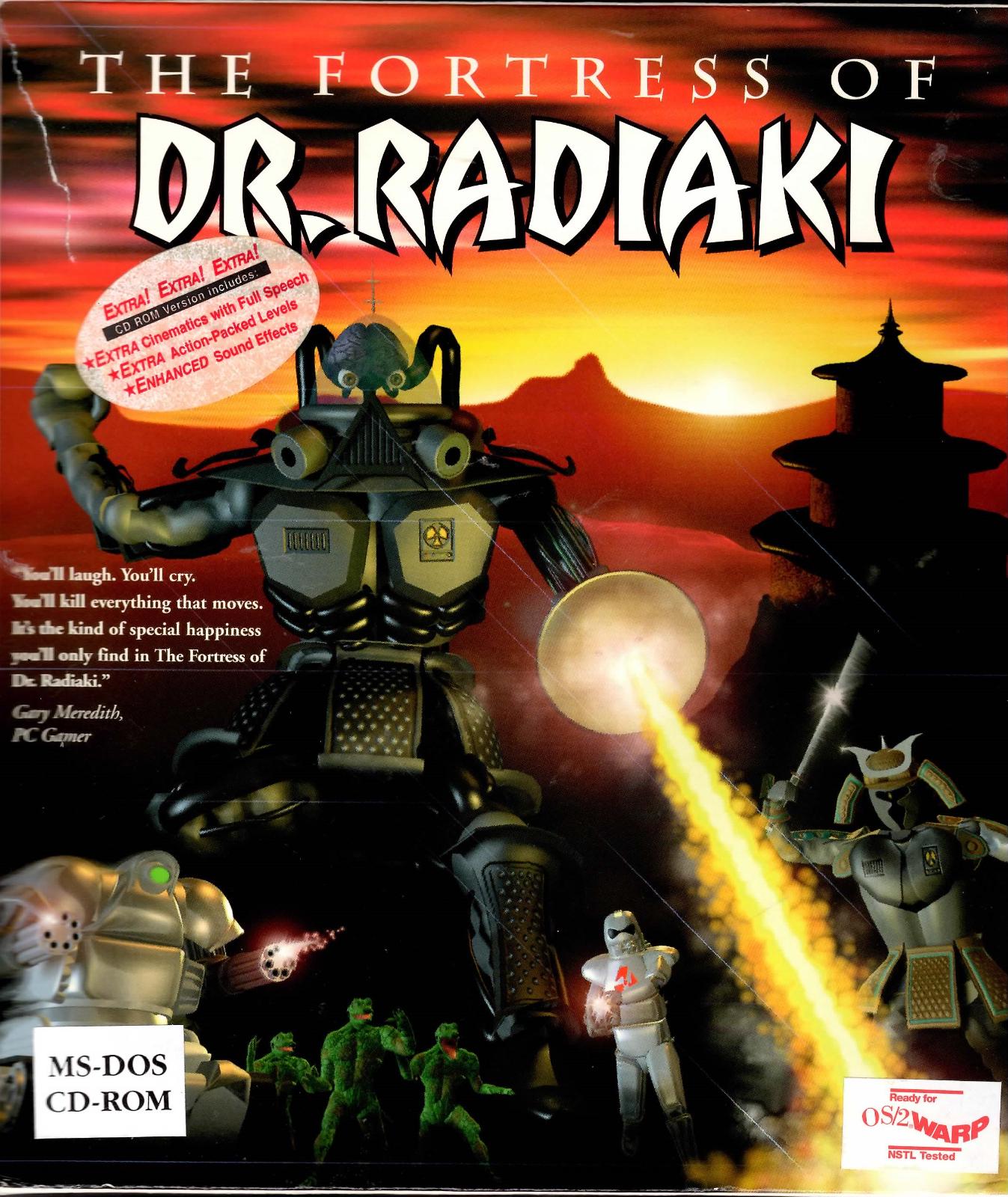
The Fortress of Dr. Radiaki is one of those bizarre early FPS games that feels like it crawled out of a fever dream. Released in the mid-90s, it threw you into a cartoonishly evil scientist’s lair armed with weird weapons and even weirder enemies. The graphics were a mix of 2D snapshots of primitive 3D models, including the enemies that looked like flat animated GIFs that jerked around awkwardly like an amateur Doom WAD. It wasn’t horrible... but it wasn’t exactly good either. What it was, though, was unique. The humor was offbeat, the style was surreal, and the whole thing had a clunky charm that somehow made you want to keep playing. It stood out in the sea of shooters of the era; not because it was polished, but because it was just weird.
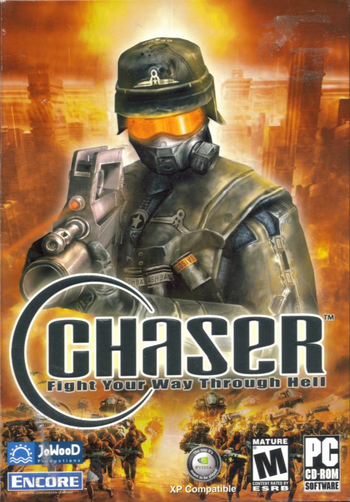
Chaser (2003) came out of JoWood, yeah that JoWood, infamous for their buggy budget-tier releases... but somehow, this one ended up being not bad. In fact, it was a surprisingly solid cyberpunk FPS. The environments looked great for the time, with slick rendering and impressive physics that let you knock things around mid-gunfight and amazing broken-glass system. Combat felt satisfying, and there was a gritty, industrial vibe that worked really well with the dystopian setting. That said, the story dragged on forever, and the voice acting is laughably terrible. Still, despite its flaws and low-budget roots, Chaser had charm and some genuinely memorable moments. It’s the kind of underdog shooter that earns a soft spot in your library.
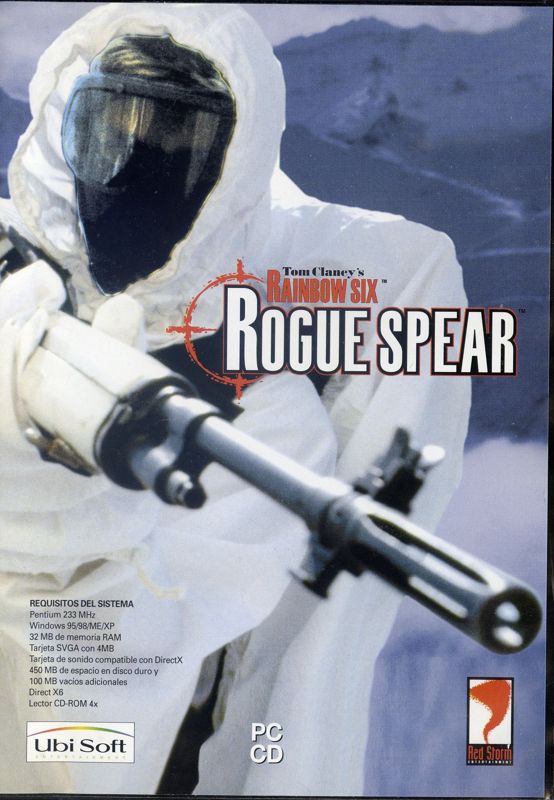
Tom Clancy's Rainbow Six and Rogue Spear were groundbreaking tactical shooters that ditched the run-and-gun mayhem in favor of tight planning, squad control, and one-shot realism. Every mission felt like a high-stakes operation: slow, methodical, and brutally unforgiving if you slipped up. But what really took them to the next level was the modding community. Endless custom maps, gear packs, new missions—even total conversions kept the games alive and fresh for years. You could turn your Rainbow team into anything from Cold War operatives to future-tech counterterrorists, all thanks to the dedicated fans pumping out content. With the right mods the games became endless tactical sandboxes… and that’s what made them legendary. Not to mention expansion packs like Black Thorn.
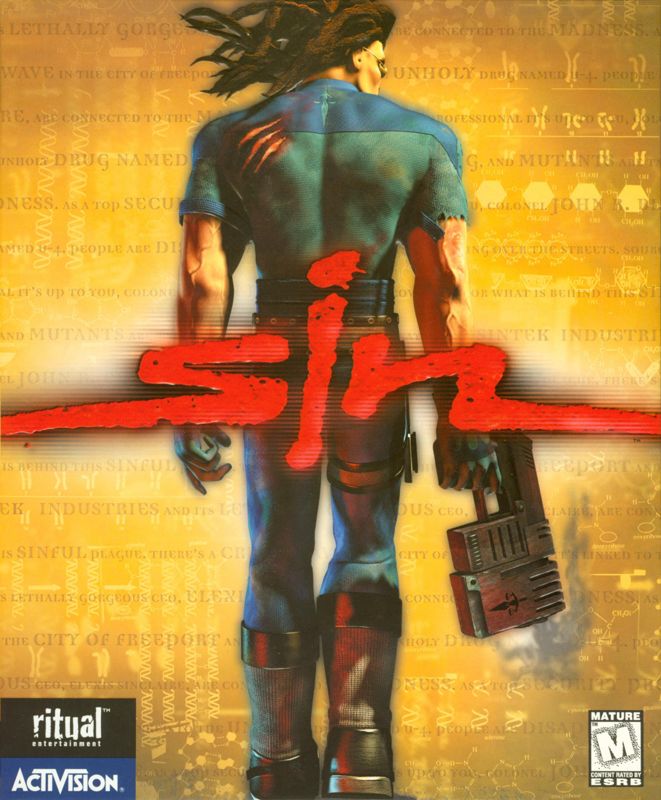
SiN was one of those surreal oddball shooters that somehow managed to stand out in a year packed with genre-defining titles. It tossed you into a hyper-stylized cyberpunk near-future world full of corporate corruption, mutant freaks, and a red-haired cyber-baddie named Elexis who looked like she belonged more in a comic book than an FPS. And honestly? That’s part of its charm. The gameplay was pretty impressive for the time; body-specific damage, hacking elements, mission choices that could alter how levels played out… it had ambition. But what really threw everyone for a loop was the fact it got an anime adaptation. Yes, SiN: The Movie exists, and it’s just as strange as you'd think an anime based on a weird Western PC shooter would be. The anime was unexpected, totally bizarre, and frankly nobody asked for it.
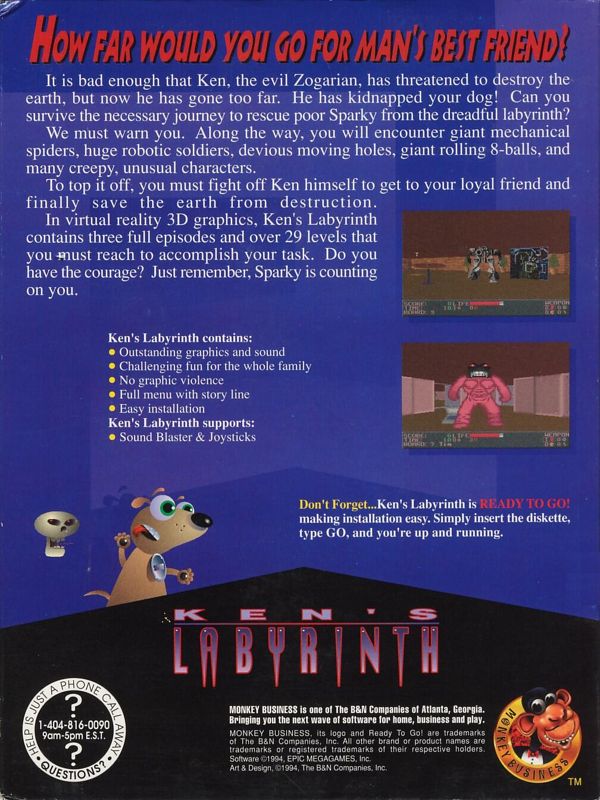
Ken’s Labyrinth was a strange, early ’90s first-person shooter with an oddball charm and some seriously weird design choices. You tossed clay balls as weapons, wandered through surreal mazes, and encountered bizarre enemies and vending machines. It felt like a dream someone coded after watching cartoons all night. Honestly, it was kind of forgettable; more of a curious footnote in FPS history than a standout hit. I only have vague memories of it, like a fever dream from a shareware CD... but hey, it existed, and that’s kinda cool in itself.
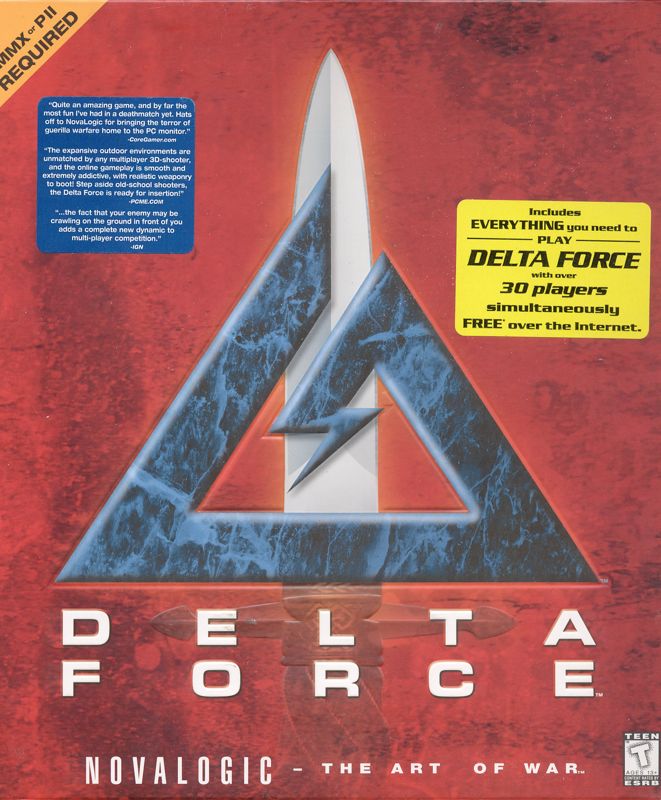
Delta Force 1, 2, and Land Warrior were revolutionary at the time: massive open maps, prone crawling sniping, and a serious military tone that felt way more tactical than the arcade-style shooters of the day. They gave players freedom of approach, long-range combat, and cooperative missions way before it was standard. But wow… they did not age well. The voxel terrain looks like oatmeal, enemies animate like cardboard cutouts, and the gunplay feels stiff and floaty by today’s standards. What was once cutting-edge now feels more like a relic from a museum of early PC gaming. Still, they were awesome for their time—just don’t go back unless you’ve got nostalgia goggles bolted on tight.
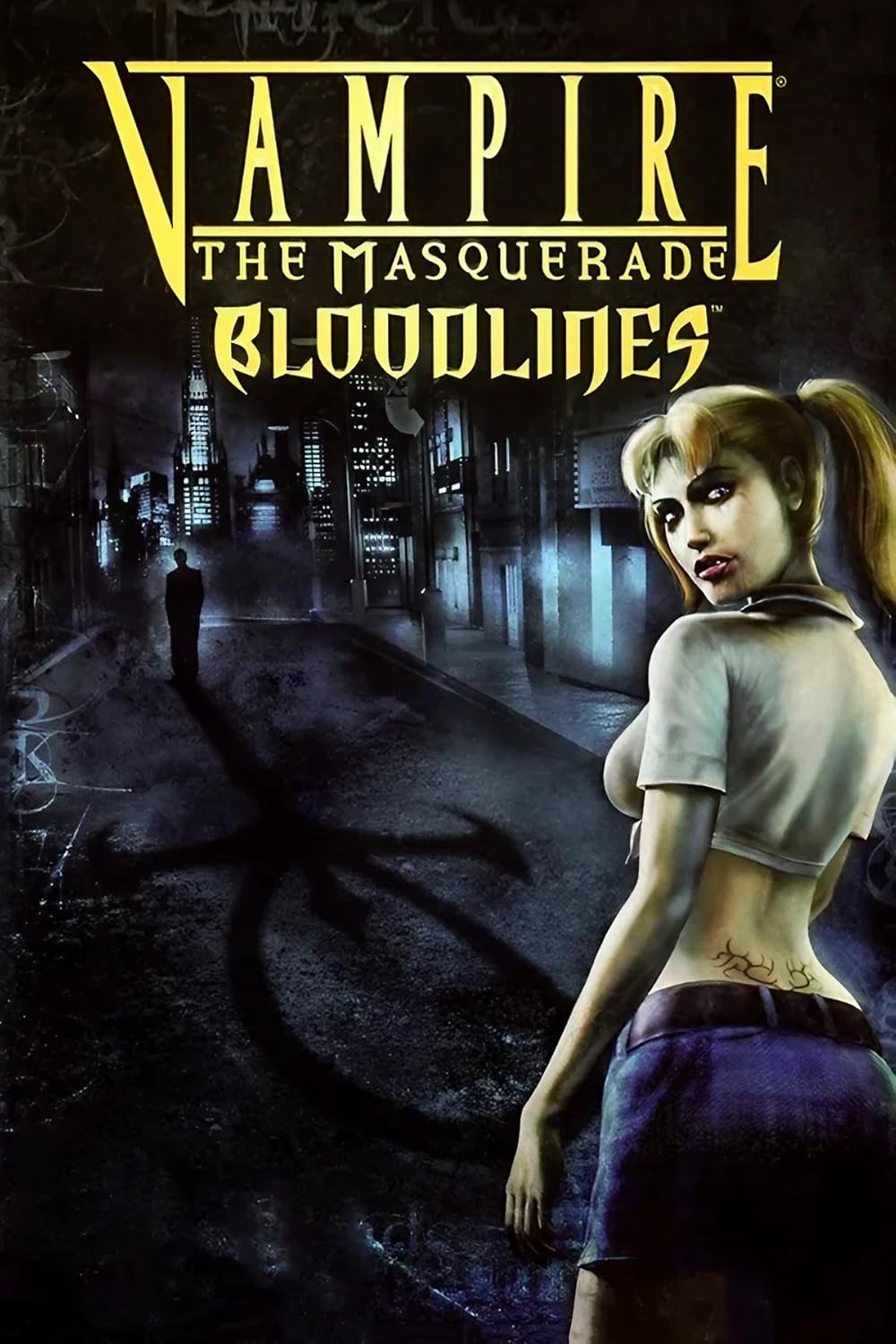
Vampire: The Masquerade – Bloodlines was and still is an unforgettable cult classic. Despite its janky release and buggy launch, it delivered one of the most immersive RPG experiences ever. The open world might’ve been small, but every alley and bar felt lived-in, steeped in dark, gothic atmosphere and grimy urban decay. What really set it apart was the blend of macabre storytelling, gritty gunplay, and deep character interaction. You weren’t just playing a vampire you were navigating the secret underworld of ghouls, werewolves, bloodsuckers, with shady human factions, each with their own twisted agendas. It felt like peeling back the city’s flesh to see what squirmed underneath. Few games since have captured that same eerie, immersive vibe.
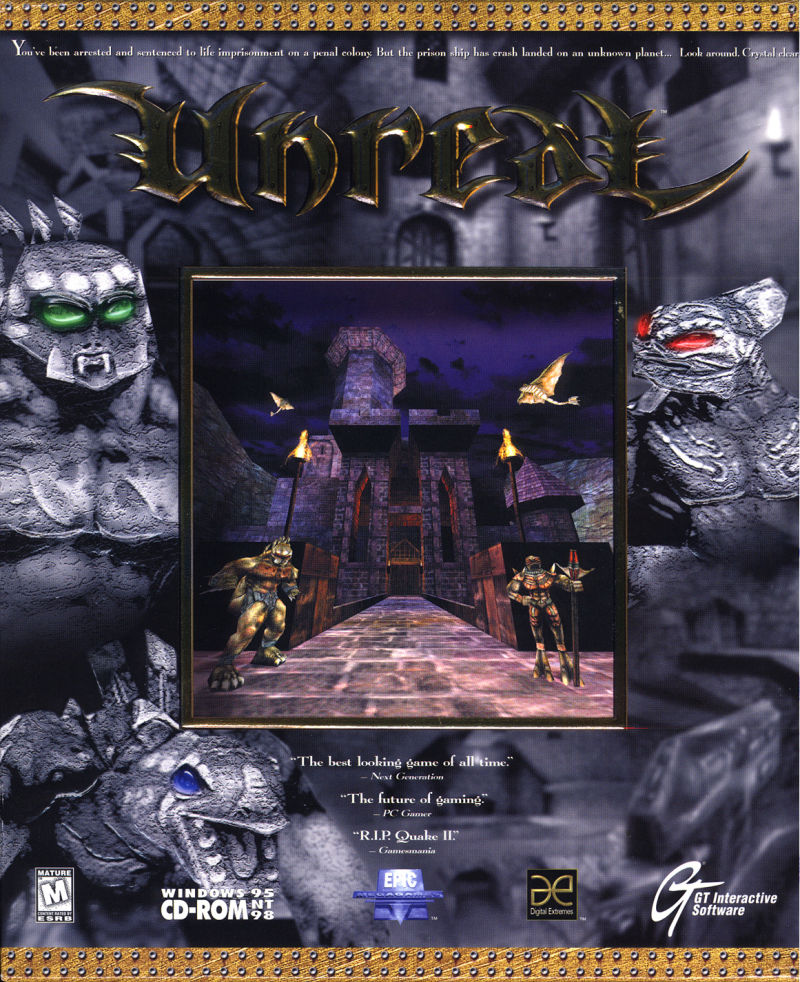
Unreal was a total game-changer, even if my memories of it are hazy now. It wasn’t just another shooter it looked and felt like something from the future at the time. The lighting, the alien world, the ambient music... it was cinematic in a way games rarely were back then. Even though the details blur, I remember it being huge, mysterious, and awe-inspiring. It set a new bar for graphics and atmosphere, and it helped launch the Unreal Engine which pretty much shaped modern gaming. It may have faded away in my memory, but its impact on gaming definitely didn’t.
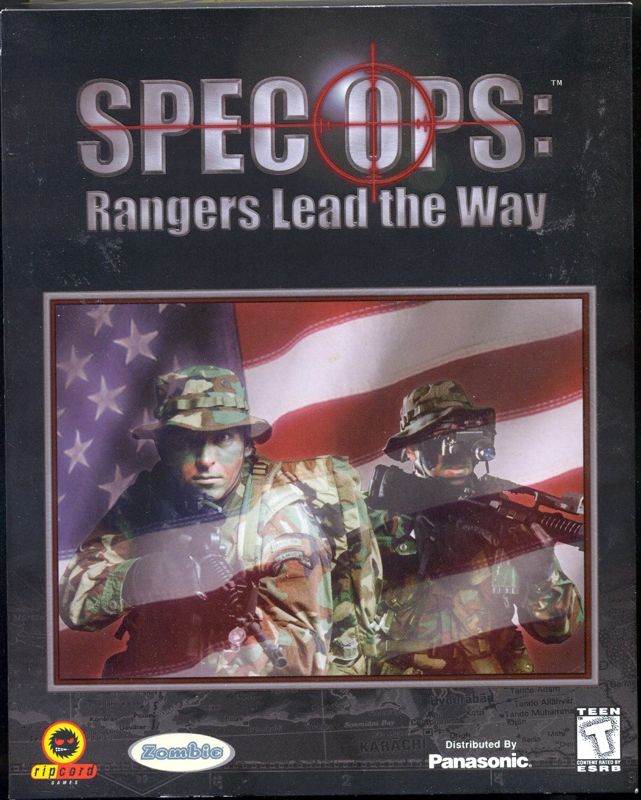
Spec Ops as a series was... rough. Glitchy, buggy, and crash-prone to the point of frustration, even back when expectations were lower. The graphics were bland, the models looked like melted plastic, and the AI was hilariously bad at times. It always felt like a budget title struggling to hang in there. But despite all that, I remember still poking around in it for a bit. Why? Because it had a lot of guns. Tons of them. Even if the models were awful, there was a weird charm in having that much firepower at your fingertips. It wasn’t good—not even close—but I’ll admit it had just enough content to be playable... briefly.
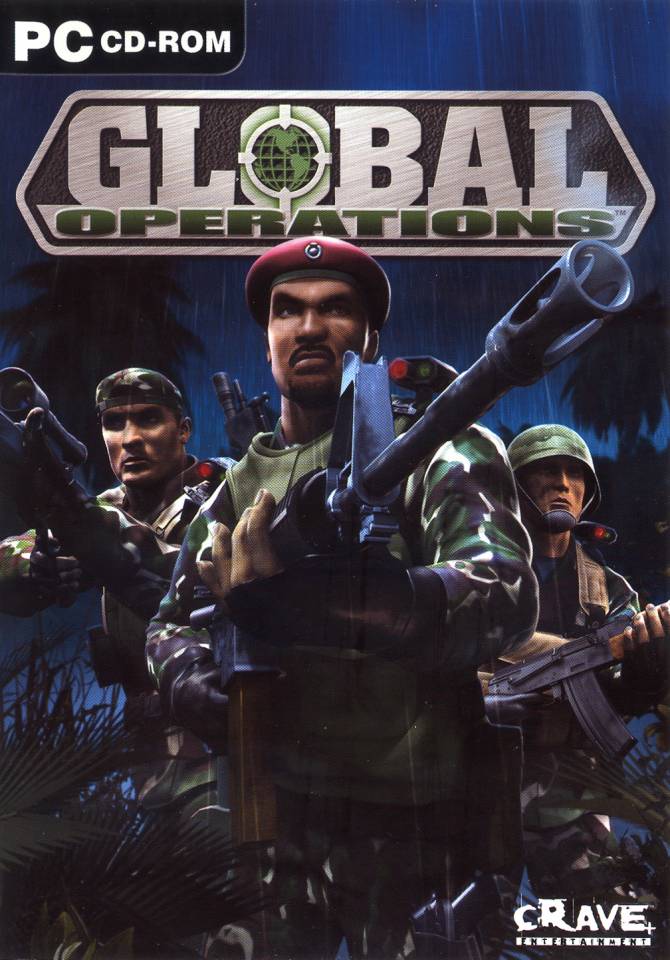
Back in the day, I absolutely loved this game. Even though single player was just multiplayer with bots, I'd play that for hours. I played online too but there were never a lot of servers. What the game lacked in exposure it sure made up for in detail and the variety of firearms and accessories you could get; plus it was one of those cool games where you can choose your fire mode on each gun that was applicable. I do remember, since there weren't many servers to begin with, online became dead real fast. It is also one of only a handful of games where you never really quite "die," when shot. You laid there and begged a fellow medic class player to try and come and save you and if they didn't in time you just disappeared and would respawn. This was a cool feature though in some aspects because you could down an enemy, hide from a vantage point, and take out the medic when they came to help.
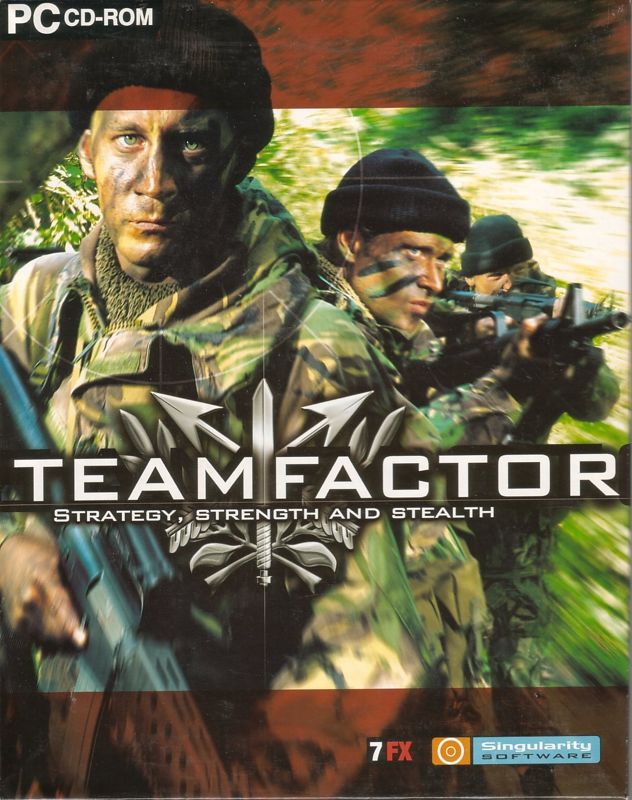
Team Factor is the definition of forgotten FPS history — so obscure I nearly lost my mind trying to remember it. Even when it launched in 2002, it was unheard of. No one played it, and literally no multiplayer servers ever existed (that I could ever find.) I was stuck with single-player bots so dumb they’d forget how stairs worked. But I still liked it. Why? Because it had a ton of real-world guns — G3s, Saiga-12s, Galils — all decently modeled, with surprisingly advanced features like iron sights, back when that was rare; not to mention functional grenade launcher attachments. It had three factions (Blue for the US and western countries, Red for Russia and former Warsaw Pact, and Black opportunistic countries) and just enough realism and ambition to feel unique. Like Global Operations, it was one of those many games clearly made to challenge Counter-Strike. And while those generally weren't bad, none of the contenders ever managed to win the fight to replace CS. Still, for what it was, Team Factor scratched an itch — even if it never reached its full potential. Maybe never playing it true multiplayer was a blessing though considering how often it froze and crashed.

Do I really have to explain Counter Strike? The Mod came out in like 1999-2000 for Half-Life and it's now 2025 and there are still people playing all of them... CS 1.6, CS: Source, and CS: Go (or whatever it was renamed to.) It created a genre of SWAT / Special Forces good guys on team A vs terrorist / guerilla bad guys on team B in various goals. Death match (everyone for themselves,) team death match (one side vs the other,) hostage rescue, and bomb diffusal with VIP protection coming later on. You earn money for kills and goals accomplished by you personally and use said money to buy weapons and equipment like body armor and flashbangs. I remember Counter Strike before 1.6, I remember when it was a free downloadable mod for Half-Life before it became a retail product. Hell, I remember my brother being excited when the UMP was added. Virtually everyone knows these games, and I like everyone else played them to death. The best part about the games though, was skins to replace models of players and weapons with new textures and sound effects so you could personalize your game each time. (Though these replaced the base models they were generally much better than the originals.)
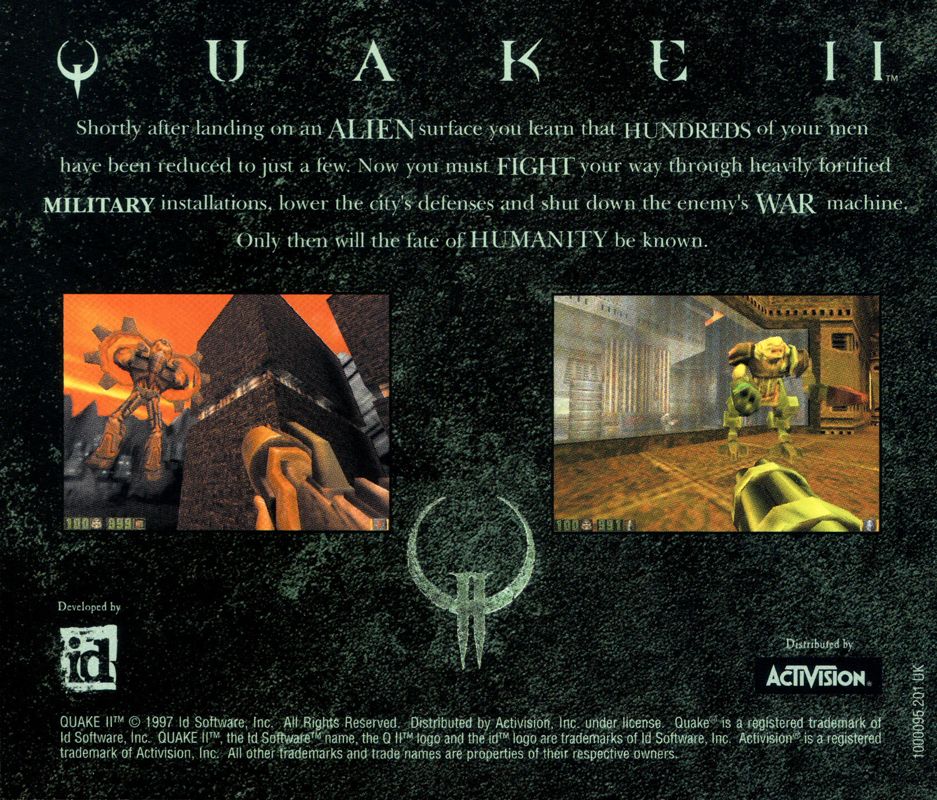
Quake and Quake II are absolute classics of the FPS genre… though for me, it’s a bit of a mixed bag. I barely remember playing the first Quake at all — maybe a quick run here or there — but it never really grabbed me. Quake II, on the other hand, I definitely played to death. First on PC, and later on the Nintendo 64, blasting Stroggs into pixel giblets for hours. That said, while I spent a lot of time with them, they were never my all-time favorites. I didn’t hate them — the atmosphere, the weapons, the fast-paced shooting were all ok... but they just didn’t click with me the same way some other shooters did. Still, there’s no denying their impact, especially in the modding and LAN party scene of the time.
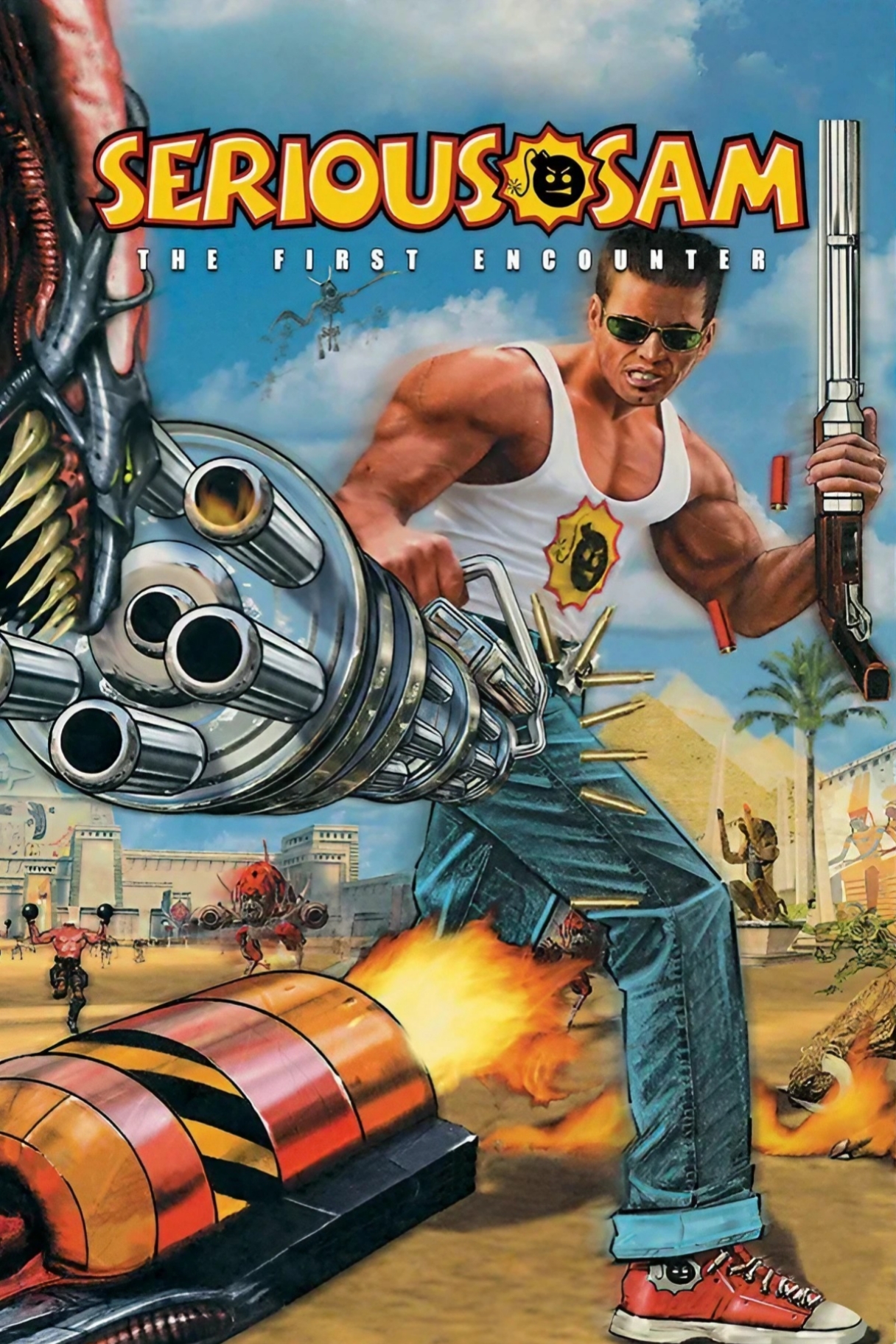
Serious Sam 1 just sort of appeared one day on my dad’s desk — then later on so did the sequel, no idea where they came from and I never asked, but he got super into them playing for hours on end. And while I wasn’t as hooked, I still played the heck out of them too. They weren’t bad at all — just chaotic, silly, and loud in a way that worked. Kind of like a Croatian Duke Nukem, dropped into a fantasy-flavored Doom-like gameplay where subtlety goes to die. You’d mow down hundreds of screaming headless guys and goofy monsters in huge open levels with nothing but reflexes, oversized weapons, and a total lack of brain activity required. It was a smoothbrain shooter, in the best way. Pure 3D chaos — and honestly, a blast when you were in the mood.
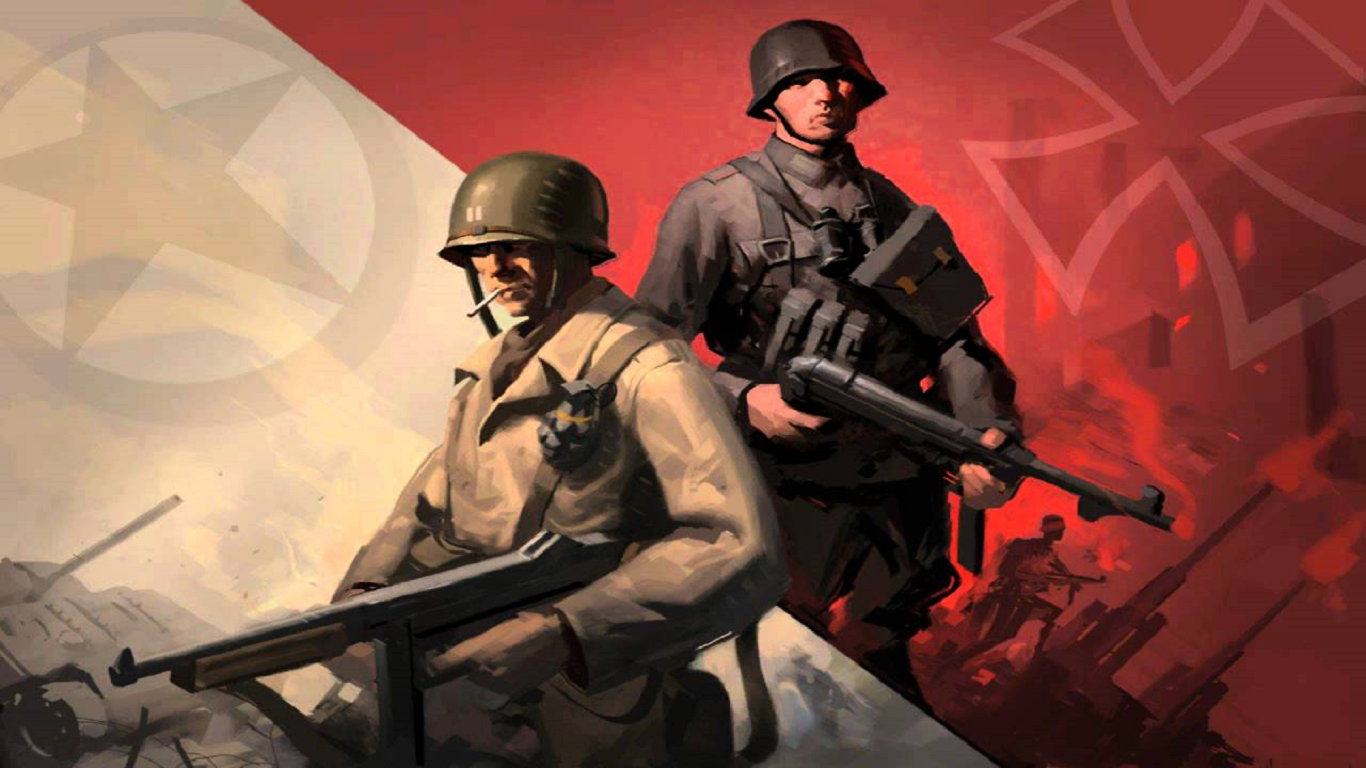
Day of Defeat: Source was one of those games I sunk at least 100 hours into — probably way more. Back in the day, it was my go-to online hangout with both friends and strangers outside of CS: Source. The game just worked — it ran buttery smooth, the sounds and models were top-notch for the time, and the gunplay felt solid. I really dug the recoil system, too. It had this sweet spot between arcade and realism, and I got damn good at taming the MP44 on full auto — like, laser-beam-of-doom good. Somewhere in those chaotic rounds, I even met a few furry friends online who made the experience even better (though we’ve long lost touch). Still, playing DoD: Source brings back nothing but good memories — tight firefights, victory cheers, and that satisfying thunk of a well-placed grenade...(or shovel to the head.)
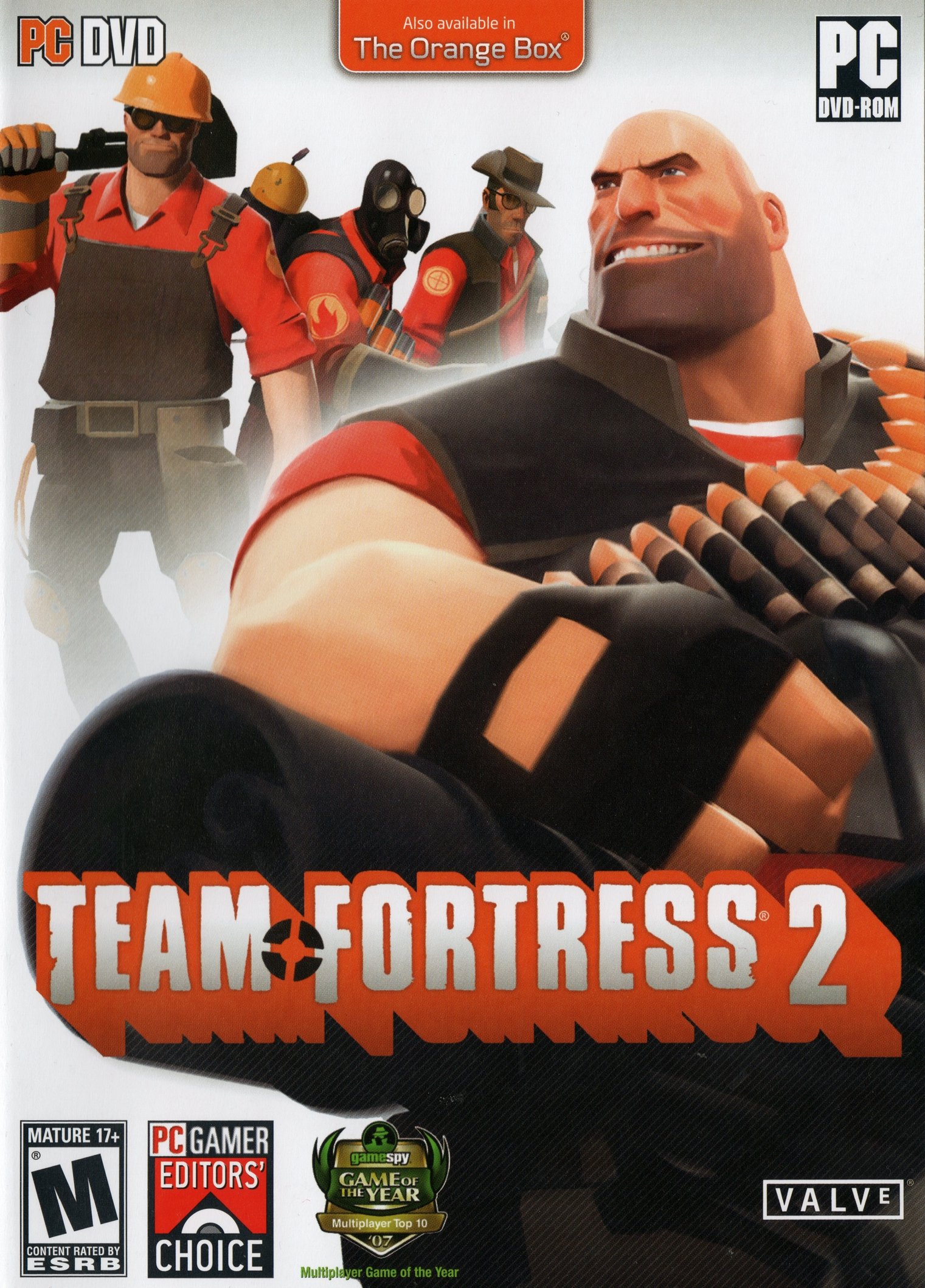
Barely even tried Team Fortress 1 back in the day but as far as Team Fortress 2... it was kinda the same story for me as Day of Defeat: Source — fun gameplay, a handful of furry friends met along the way, and tons of goofy chaos. But my experience was a little delayed. I actually bought the retail box when it first launched… and, surprise surprise, my PC at the time ran it like a potato. So, for a while, I barely touched it. Fast forward a bit — poof — the game’s suddenly free, completely reworked, with hats everywhere and a whole new art style and community vibe. And yeah, I was kinda salty that I paid for it, but it was fun once I finally jumped back in. I never got as hooked as a lot of folks did, but it had its moments. Fast-paced, silly, stylish, and just random enough to keep it interesting.
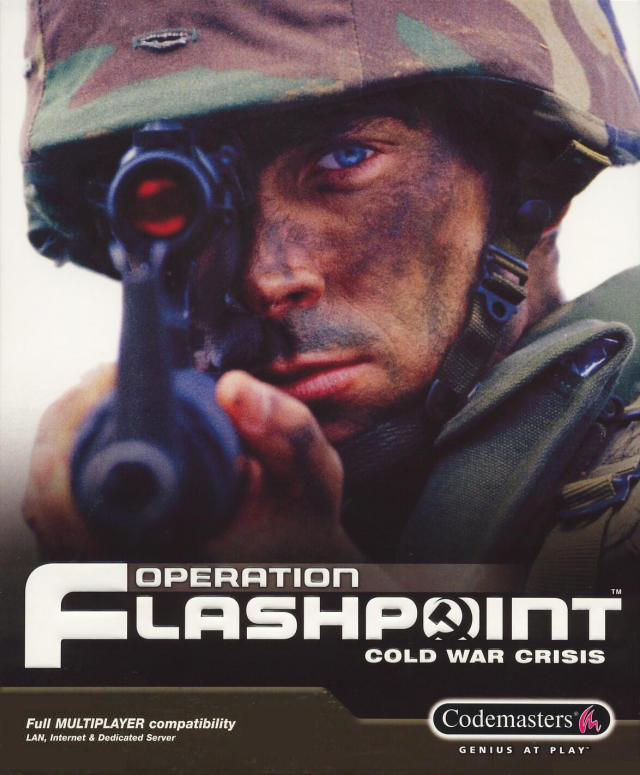
Operation Flashpoint was one of those landmark military sims where the depth of its systems really blew minds — especially for its time. From ballistics to fatigue, vehicles to squad commands, it had a steep learning curve but tons of realism and freedom. I played the single-player a bit, sure… but honestly? I mostly just goofed around with mods. And man, the modding community was the soul of that game. There were some amazing user-made missions, gear, and total conversions that gave it a second life — maybe even a third. Along with the expansions, those mods are really what kept Operation Flashpoint going strong long after the base campaign was done. It wasn’t always easy, but it was a blast once you got the hang of it.
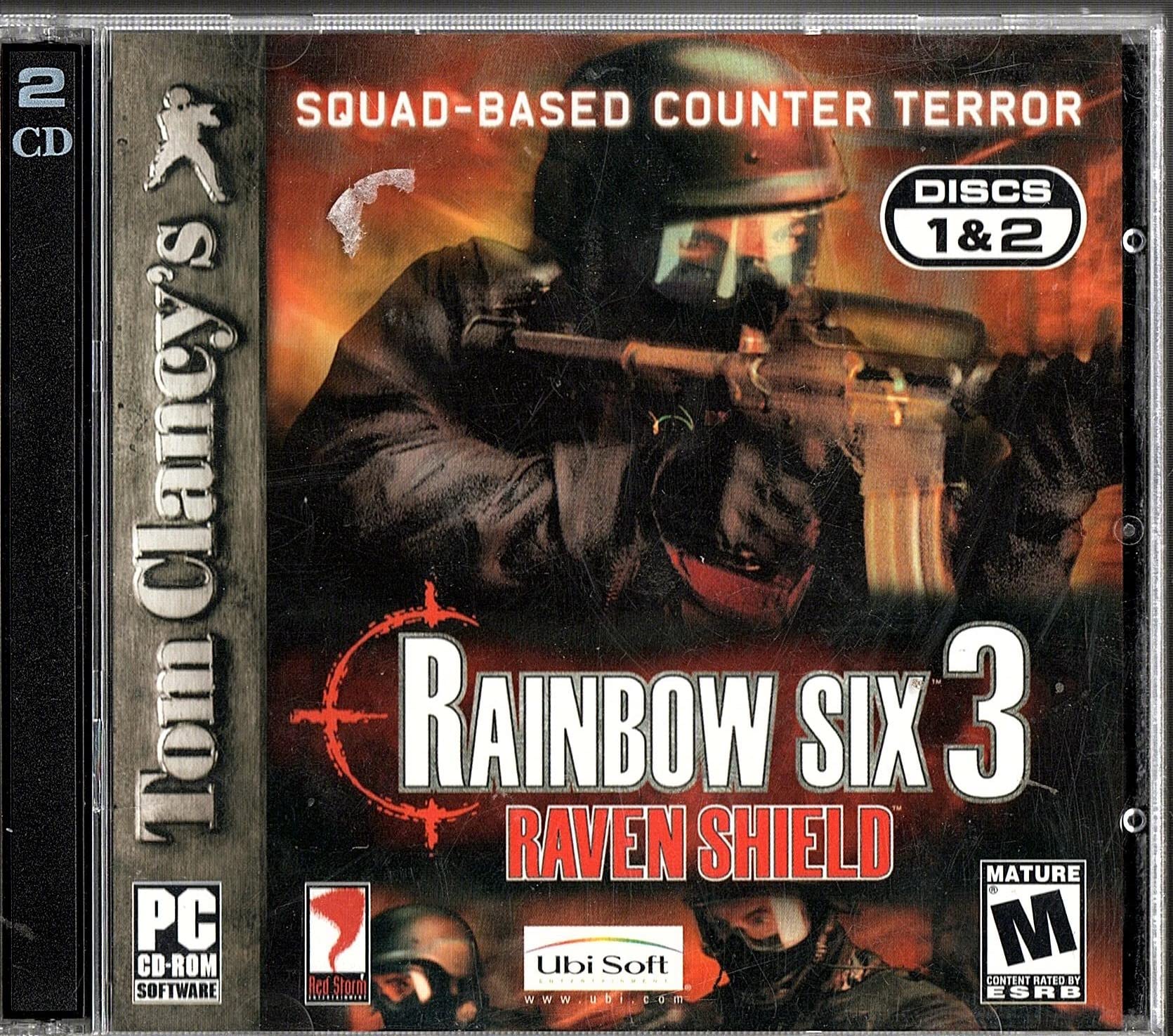
Rainbow Six 3: Raven Shield was tactical shooter perfection for its time — I had all the expansions, even that elusive downloadable-only one that added Japanese weapons (which felt like a rare collector's prize back then.) I played it absolutely to death in single-player, meticulously planning every room breach and reload like it was a real op. I did dabble in multiplayer too, briefly, and while I never got too deep into online play, the core game was so solid it didn’t matter. The tension, the realism, the planning system, the gear variety — it all just worked. It was one of those games where every mission felt like an event, and I still look back on it as one of the greats of tactical FPS history.
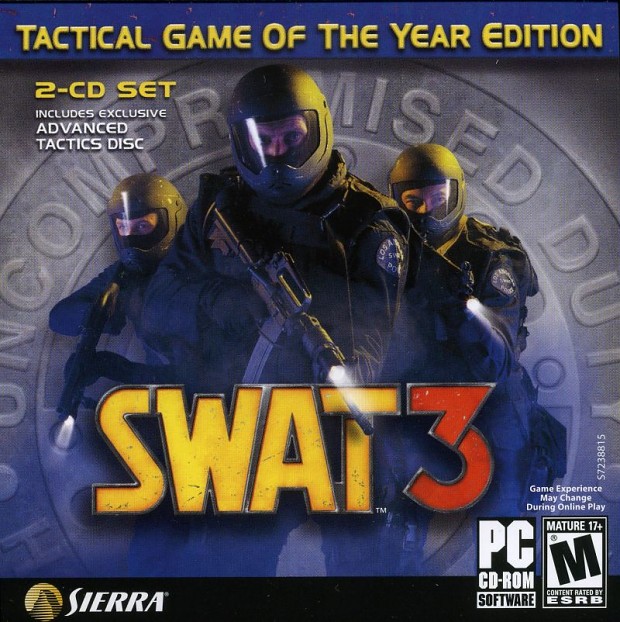
SWAT 3 was one of my first introductions to slow tactical shooters, and it all started with the demo. I played that single mission over and over on my mom’s computer, trying every strategy my little brain could muster. Eventually, I got the full game — maybe for Christmas or a birthday — and it completely hooked me. It felt like the police version of Rainbow Six. The pacing, planning, and precision were all there, but instead of only counter-terror hits, you were also dealing with barricaded suspects, hostage situations, and arresting perps instead of just blasting them. I remember spending hours methodically clearing buildings, pressing the command for yelling “Police! Drop your weapon!”. It was intense, satisfying, and made me feel awesome.
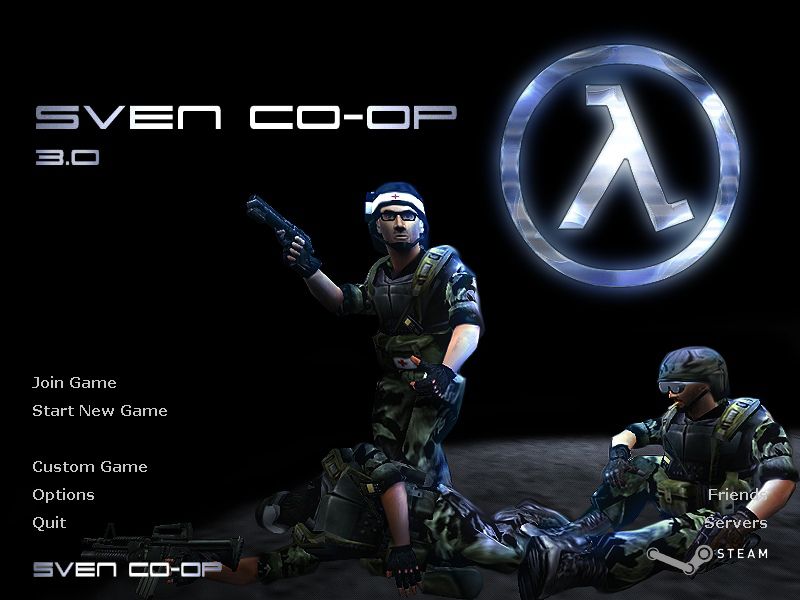
Sven Co-op wasn’t some fancy retail release — it was a free Half-Life mod, and somehow it ended up being one of the most amazing co-op experiences out there. You and your buddies (or bots, if you were flying solo) could team up to take on an absolutely wild variety of maps, enemies, and weapons — and new stuff was constantly being added by the community. One moment you were blasting alien grunts in a Black Mesa-style facility, the next you were fighting zombies and monsters with dual Uzis; or facing off against giant custom bosses in surreal landscapes. The creativity was endless, and I played it to death — online with randoms and friends, or solo when I just wanted to explore weird maps and mess around. It was chaotic, quirky, and so much fun. Definitely one of those mods that outshone a lot of actual commercial games.
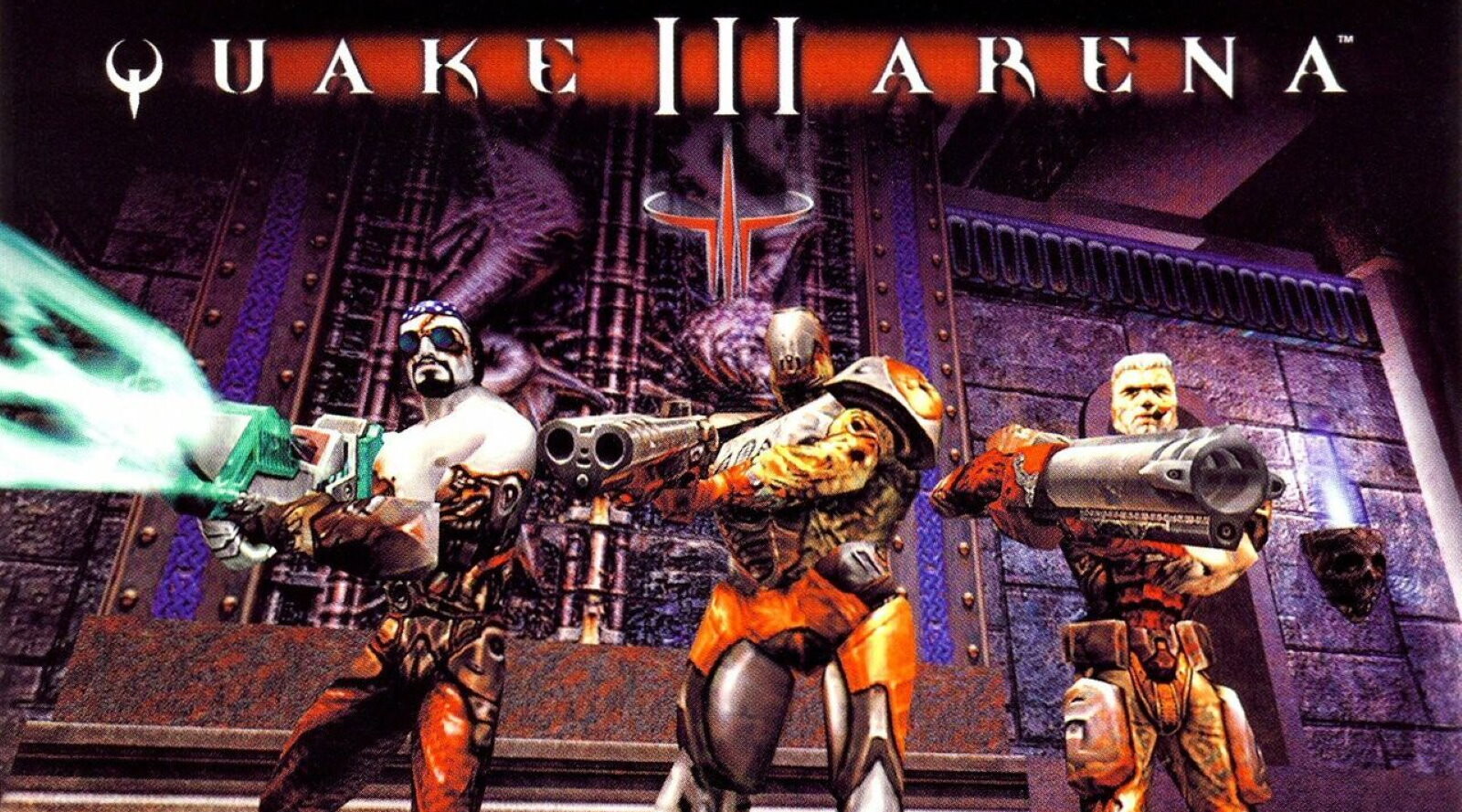
Quake III Arena was everywhere back in the day — it felt like every PC gamer had it installed, and online matches were always hopping. That said… I was always more of an Unreal Tournament person myself. Quake III wasn’t bad at all — it had tight movement, slick weapons, and that classic id Software feel — but it just didn’t hook me the same way. Still, it was fast, clean, and ran like butter, and you couldn't throw a rocket without hitting a railgun-wielding maniac in a lava map. Even if it wasn’t my favorite, I definitely played it, and it deserves credit for being a pillar of the arena shooter era.
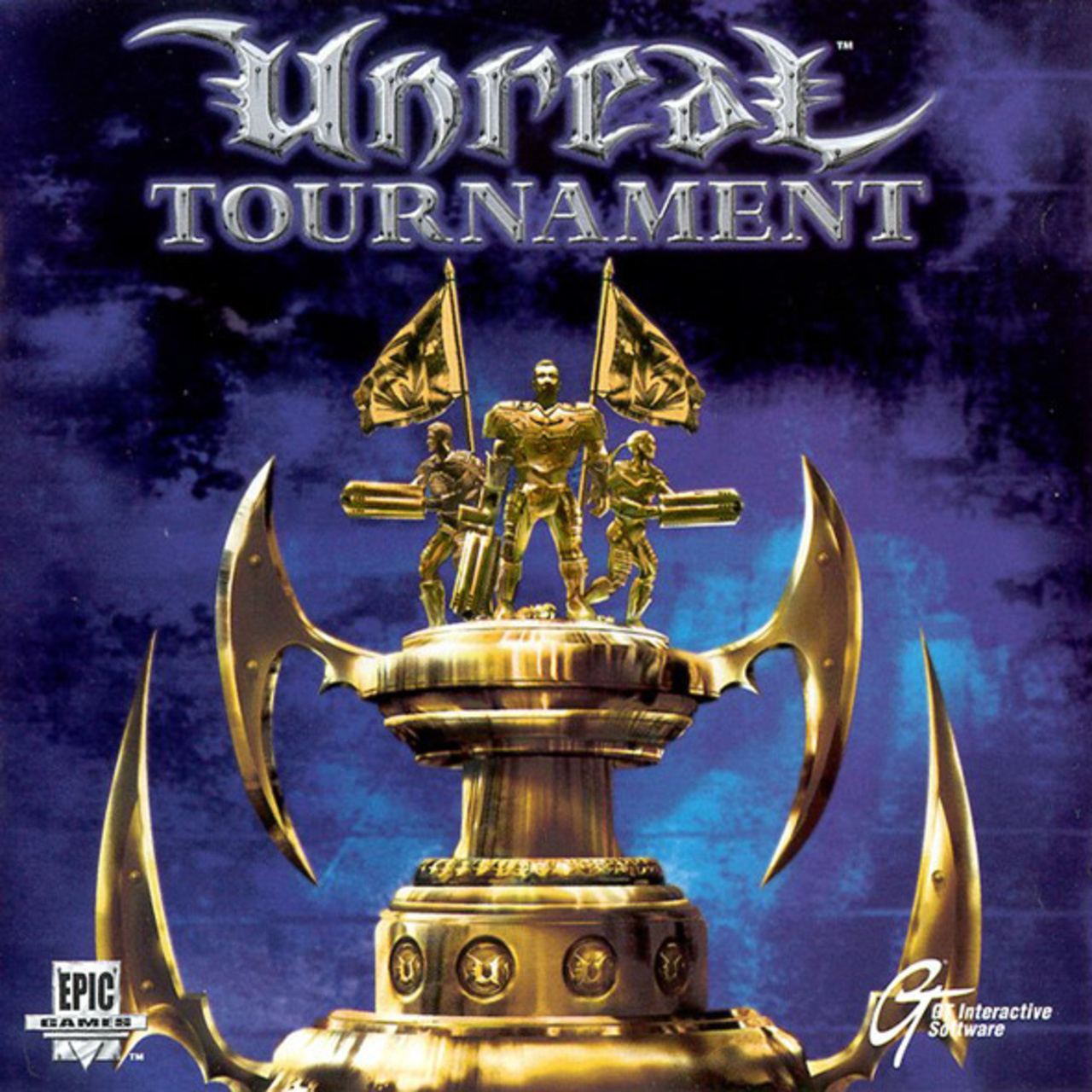
Unreal Tournament (1999) was the arena shooter for me — same era as Quake III Arena, and just as widespread, but I always liked UT better. Everyone played it, it was installed on every office and basement PC you could find, and the servers were always alive with chaos. It had style, that chunky industrial aesthetic, and the weapons felt weighty and wild. What really got me? That the “sniper rifle” looked like an AR-15 — and I thought that was the coolest thing ever at the time. The announcer yelling “M-M-MONSTER KILL!” never got old, and the variety of maps, mutators, and game modes gave it serious replay value. Pure 2000s frag-fest perfection.
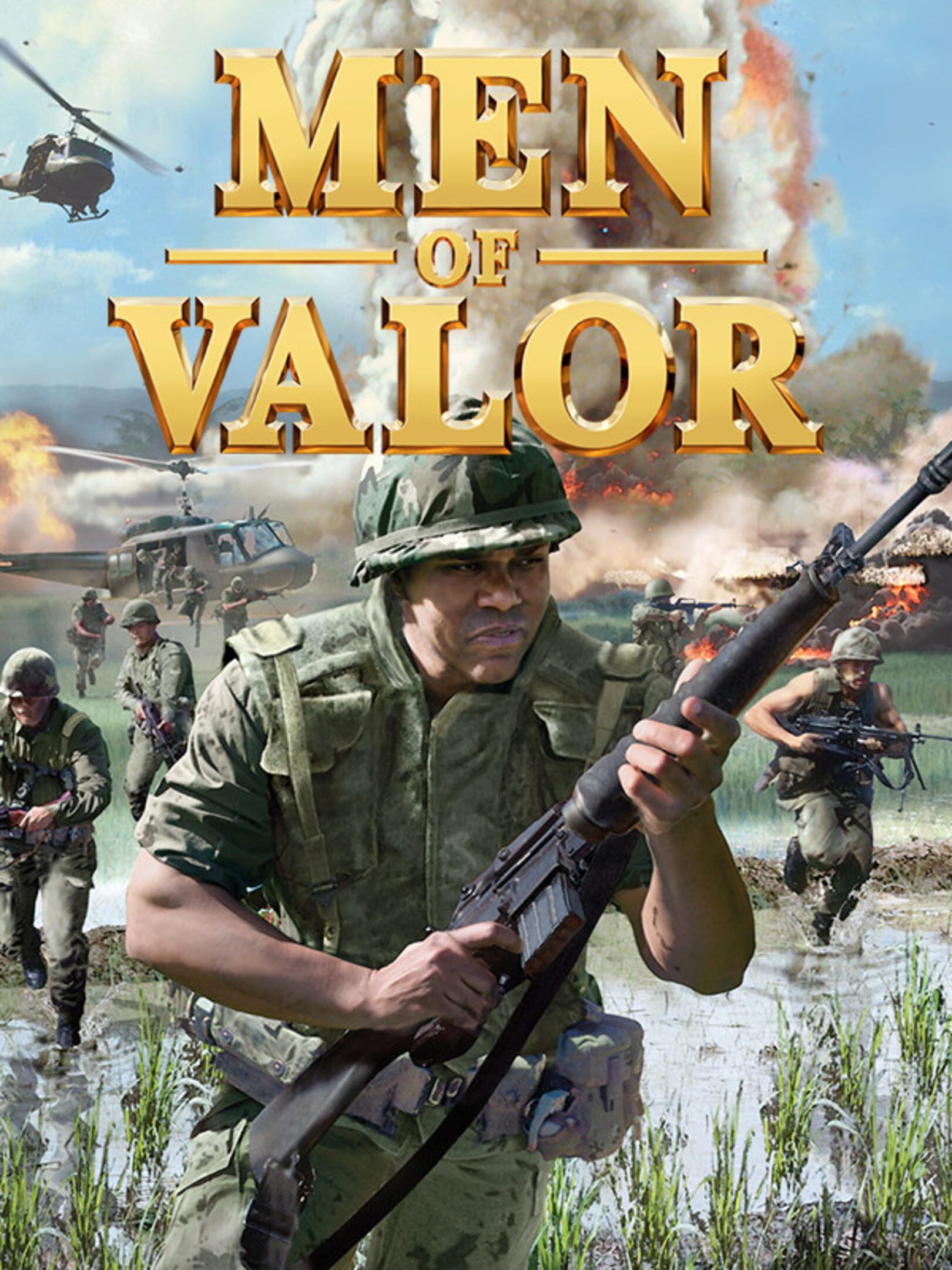
Men of Valor (2004) looked cool — a gritty Vietnam War shooter with some impressive visuals for the time — but man, it played like molasses. Your character moved like he was wading through mud, and the guns felt sluggish and clunky. Even when you hit your target, it rarely did damage and there always seemed to be more and more enemies. The gameplay just wasn’t rewarding. Levels dragged, objectives felt like chores, and the pacing was all over the place. Not to mention bugs and glitches. It should’ve been great... but instead, it ended up a frustrating slog. Cool setting, but a total letdown in execution.
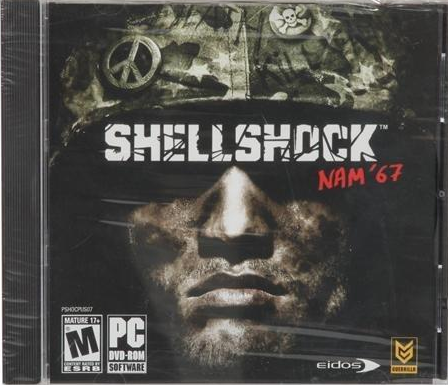
Shellshock: Nam '67 was a gritty, grimy Vietnam War third-person shooter that I absolutely loved. It didn’t hold back — the blood, gore, and dirty atmosphere really stood out for the time, giving it a raw edge that made it feel different from the more sanitized war games out there. That said, the camera system was horrendous. Janky angles and awkward movement made it a pain sometimes, especially in tight areas. But the game had charm — the atmosphere was brutal, the missions were intense, and having the Gyrojet rocket pistol in-game? That was super cool and unexpected. It was flawed, yeah, but it stuck with me more than most. Have to say the Xbox 360 only "sequel" had nothing to do with anything and sucked though... I mean... it had zombies and was a clunky buggy FPS.
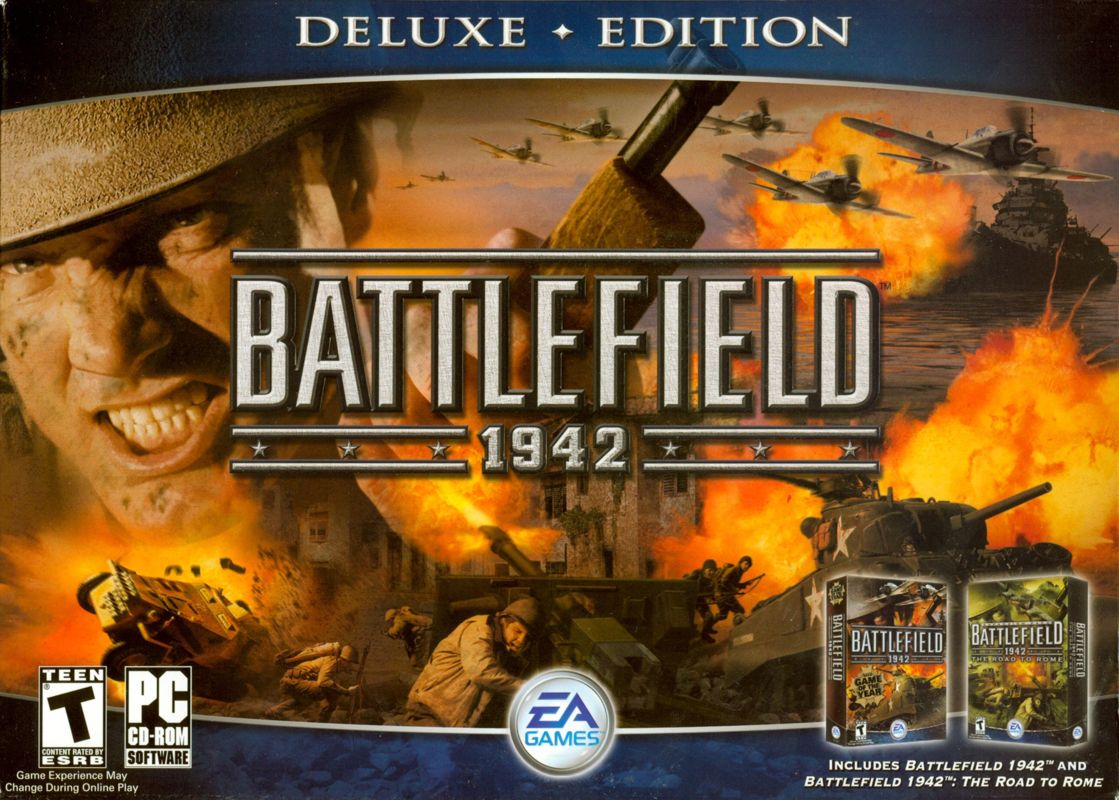
Battlefield 1942 was crazy for its time — massive maps, vehicles everywhere, dogfights in the sky, tanks rolling across beaches — it was like nothing else back then. It felt like a real war playground, and it was absolutely amazing. I had all the expansion packs and loved them; (McDonnell XF-85 Goblin anyone?) Especially the added maps and weapons. But I came into it a few years after the peak, so there weren’t as many servers by then. Still, I got to play a bunch, and every match felt epic. Whether it was storming Normandy or flying a bomber across the Pacific, it was the kind of game that left an impression. Total classic.
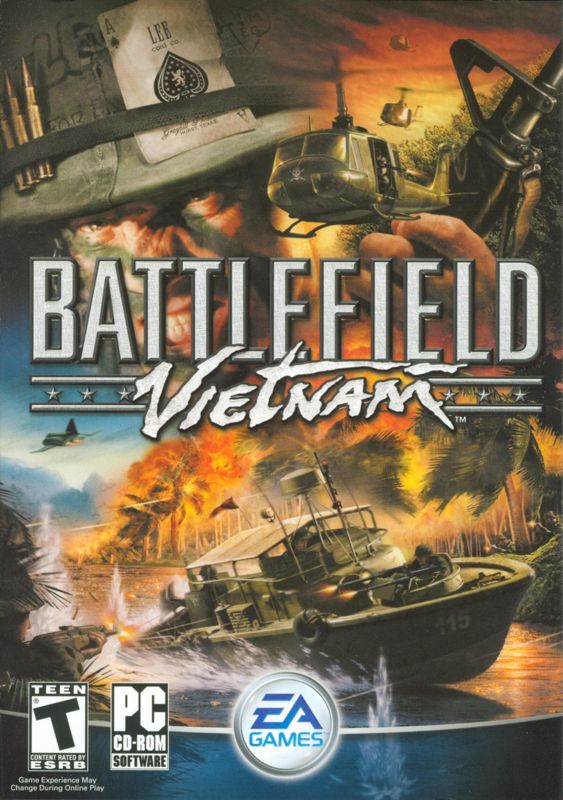
Battlefield: Vietnam was one I did play around the time it came out — full-on jungle warfare, Hueys blasting "Ride of the Valkyries," and chaotic, open-ended combat that really nailed the vibe of Vietnam War chaos. It had cool stuff like booby traps, tunnels, and a funky mix of ‘60s music blaring from vehicles as you mowed through the underbrush. It wasn’t as clean or polished as later Battlefield titles, but it had heart — and more importantly, it had a flamethrower. Fun fact: I couldn’t fly jets worth a damn. I’d either nose dive into the jungle or eject midair out of pure panic. Ground pounder for life.
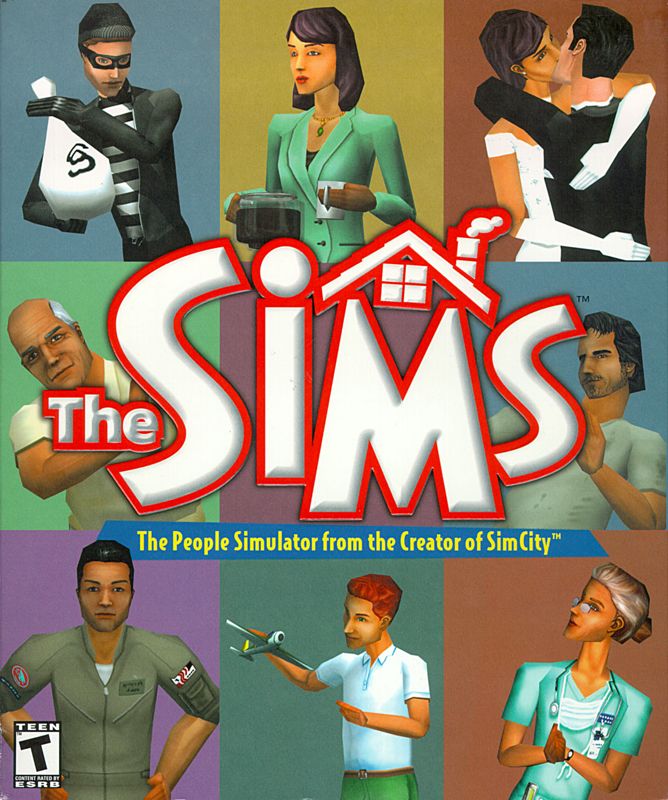
Back in the day, I loved the first Sims game — absolutely obsessed. I had all the expansions: Hot Date, House Party, Unleashed, Makin' Magic — you name it, I installed it. The charm, the weirdness, the joy of trapping your Sim in a doorless room to see what happens... peak entertainment. Not to mention editors to make your own in-game objects and custom jobs. Sims 2 was even better in a lot of ways, with more detailed characters and aging and genetics — but I didn’t have nearly as many expansions for that one, which kinda dulled the experience after a while. By the time Sims 3 came around, I was just too bored to keep up. It was okay, but the spark wasn’t quite there anymore, and it felt like the magic had worn off. Honestly, as much as I loved them back then, the Sims games didn’t age all that well. The clunky controls, weird pacing, and constant micromanagement doesn’t hit quite the same and it feels boring — but at the time, they were revolutionary.
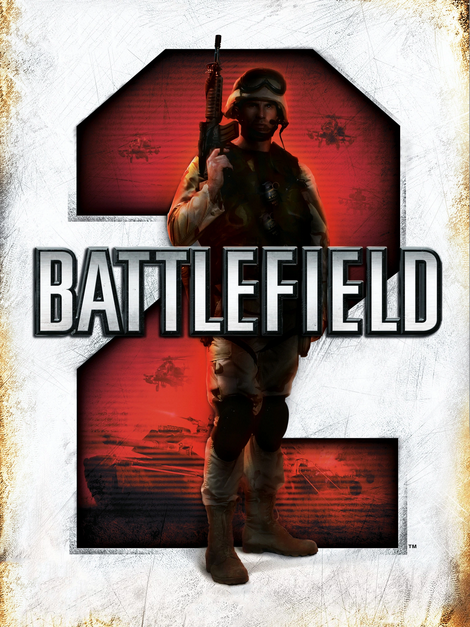
Battlefield 2 was the greatest online game ever back when it dropped — no contest. I played it so obsessively I barely slept; pretty sure my parents yelled at me more than once because I had school the next day and I was still out there sniping from a rooftop in Karkand at 3 AM. The factions were awesome — U.S., China, the EU — all packing their own modern weapons and gear. Running around as a medic zapping enemies to death with the CPR paddles like some kind of electro-defib ninja? Legendary. There was nothing like jumping in a squad with strangers, suddenly acting like a coordinated military unit, and then blowing it all up with a mistimed grenade. It was chaotic, immersive, and had just the right amount of jank to make it endlessly entertaining. Honestly, I don't think any game captured that kind of squad-based, large-scale modern warfare magic the same way since.

Battlefield 2 was the greatest online game ever back when it dropped — no contest. I played it so obsessively I barely slept; pretty sure my parents yelled at me more than once because I had school the next day and I was still out there sniping from a rooftop in Karkand at 3 AM. The factions were awesome — U.S., China, the EU — all packing their own modern weapons and gear. Running around as a medic zapping enemies to death with the CPR paddles like some kind of electro-defib ninja? Legendary. There was nothing like jumping in a squad with strangers, suddenly acting like a coordinated military unit, and then blowing it all up with a mistimed grenade. It was chaotic, immersive, and had just the right amount of jank to make it endlessly entertaining. Honestly, I don't think any game captured that kind of squad-based, large-scale modern warfare magic the same way since.
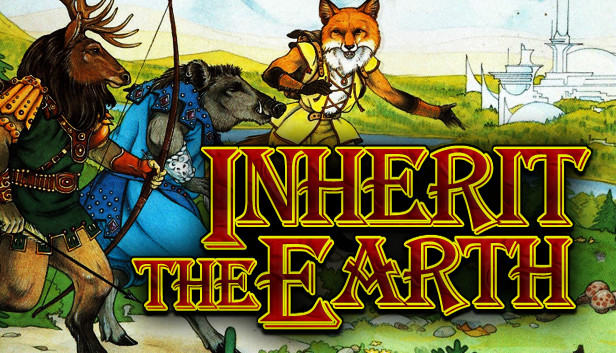
Inherit the Earth: Quest for the Orb is a classic point-and-click puzzle adventure drenched in Redwall vibes but with a unique twist—it’s set on Earth long after humans have vanished. The world is now home to tribes of anthropomorphic, sapient animals who walk upright, wear medieval-style clothes, and bicker over lost human tech. The lore hints at distant-past humans intentionally creating the animals (via forced-evolution or genetic engineering,) but it keeps things mysterious. You play as Rif the Fox, a clever and accused thief tasked with recovering a stolen artifact to clear his name.
It’s undeniably furry, both in art and spirit, and rumors have swirled for years that it had a presence at some of the very early furry conventions back in the 1990s. The game features full voice acting, charming animation, and a peaceful, story-driven tone that stands out from other games of its time. It’s cozy, a little melancholic, and full of heart—perfect for fans of old-school adventures and anthropomorphic worlds.
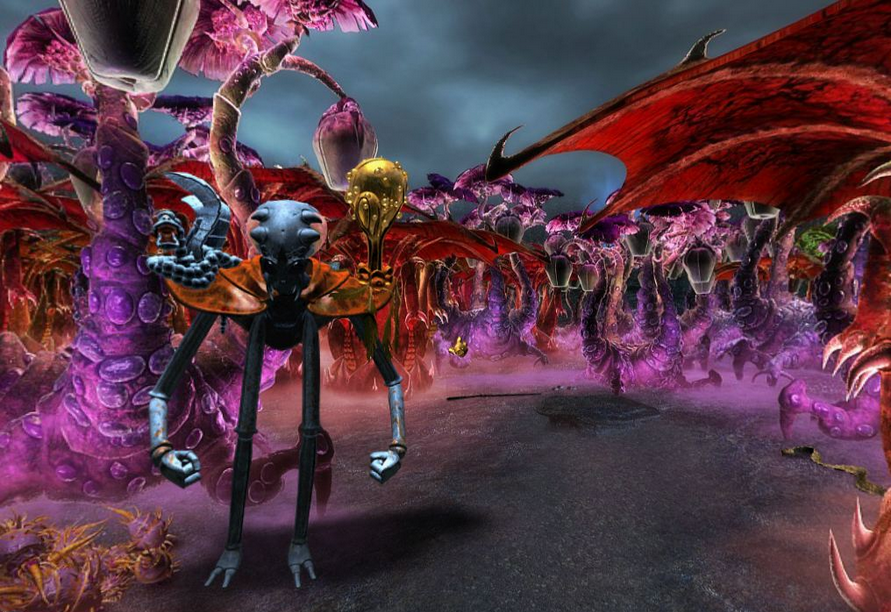
Voyage is a point-and-click adventure that blasts you off to the Moon in true Jules Verne fashion—retro-futuristic cannon and all. Drawing heavily from From the Earth to the Moon and Around the Moon, it drops you into a surreal lunar world filled with puzzles, lost alien civilizations, and philosophical overtones about science, exploration, and the unknown.
The visuals are absolutely beautiful—lush, vibrant backdrops with a surreal quality that makes the Moon feel magical and alien all at once. It’s a slower-paced, thoughtful game with a haunting atmosphere and a sense of wonder that sticks with you long after the credits roll. A must-play for fans of classic sci-fi and point-and-click adventure games.

Jolly Rover is a quirky point-and-click adventure game with a pirate twist except everyone's a dog; literally.
You play as Gaius James Rover, a well-mannered dachshund who dreams of performing in a traveling circus but somehow ends up tangled in a world of rum-swilling canine pirates, voodoo curses, and lost treasure. Set in a vibrant 18th-century Caribbean-inspired world, the game oozes charm with its witty dialogue, colorful characters, and classic inventory puzzles.
Think Monkey Island, but slathered in furry-energy and a hefty dose of tongue-in-cheek humor. It's lighthearted, full of personality, and perfect for fans of old-school adventure games who don’t mind a little fur on their doubloons.
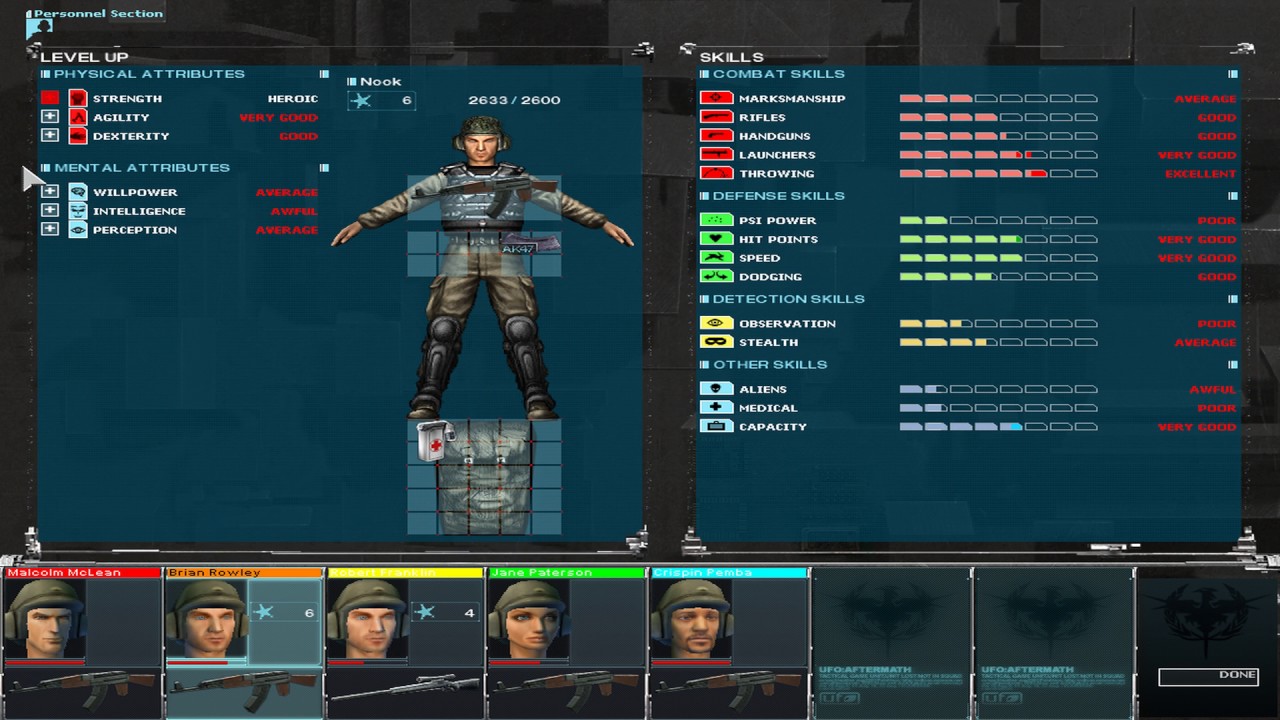
UFO: Aftermath (2003) is a real-time-with-pause tactical strategy game that blends squad-based combat with global management, set in a post-apocalyptic Earth overrun by grey aliens and their biological weapons. You lead a small resistance force fighting back against extraterrestrial invaders, scavenging tech, training soldiers, intercepting UFOs with fighter jets, and uncovering a deeper conspiracy beneath the invasion.
At the time, this was my absolute favorite game—the atmosphere, the tension of every mission, and the slow grind of rebuilding humanity felt incredibly immersive. It had janky edges, sure, but the mix of tactical depth and eerie sci-fi worldbuilding hit just right.
